Many of you sitting behind your screens have long forgotten what it's like to fall asleep in a science class only to be awakened by a teacher asking you to explain a principle of Newtonian mechanics in front of the whole class.
The truth is, not many of us have given physics, chemistry, or cosmology a chance to actually learn to like them. Equally few have the brain, willpower, or patience to have done so. Luckily, there are no science tests anymore and we can finally sit back, relax and enjoy the most entertaining part of it.
The Facebook group titled “The Lighter Side Of Science” is a perfect source of it, sharing anything “from bizarre science discoveries and experiments to weird and unusual creatures, scientific studies, theories and much more.”
Boasting 691.3K members, the community is growing strong as it joins people who share the fascination with science into one bunch of a family. Scroll down for the most interesting posts shared on the group!
#1
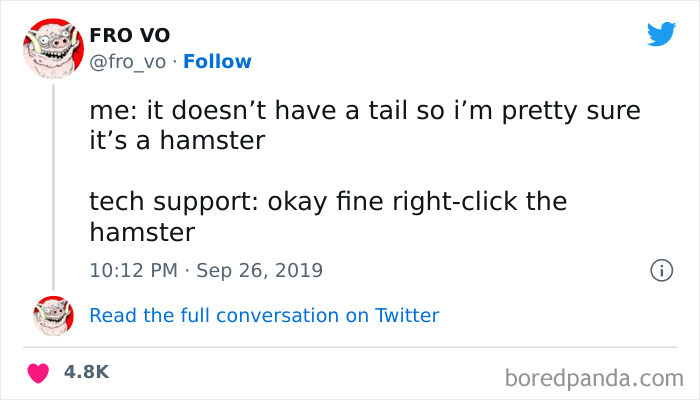
Image credits: fro_vo
#2

Image credits: David Dinh
#3
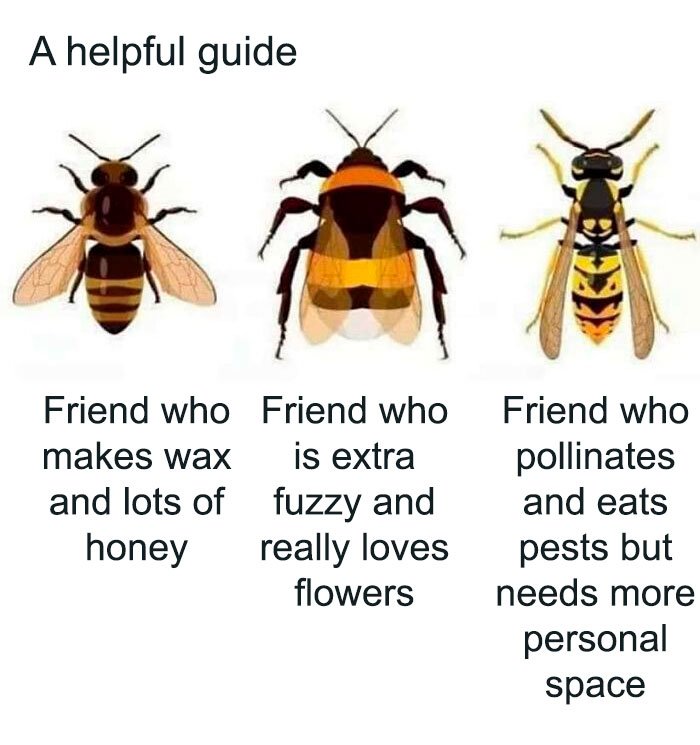
Image credits: Amy Stallings
What separates a prejudice or an assumption from a scientific fact is the hard evidence. Scientific evidence is evidence that serves to either support or counter a scientific theory or hypothesis, although scientists also use evidence in other ways, such as when applying theories to practical problems.
Scientific evidence is information gathered from scientific research, which takes a lot of time (and patience!) to conduct. But there are a few things that all this research needs to have in common to make it possible for decision-makers, and ultimately all of us, to accept it as “evidence”.There are some criteria we want scientific evidence to fit into. First, it has to be objective and unbiased, which may be a hard thing to do keeping in mind that the majority of researchers constantly apply for funds.
#4
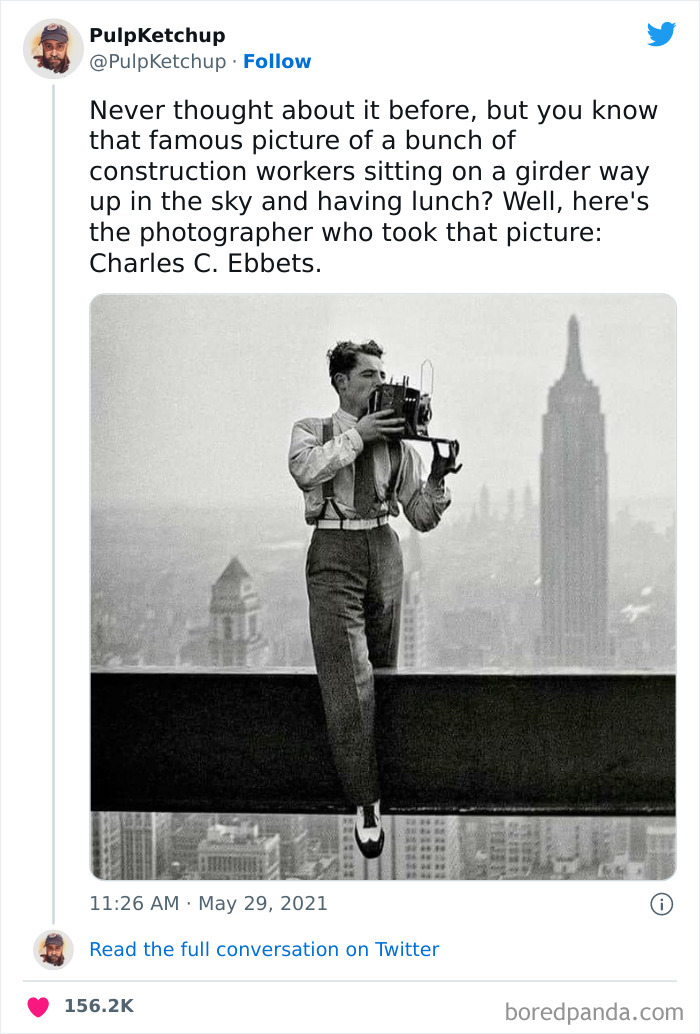
Image credits: PulpKetchup
#5
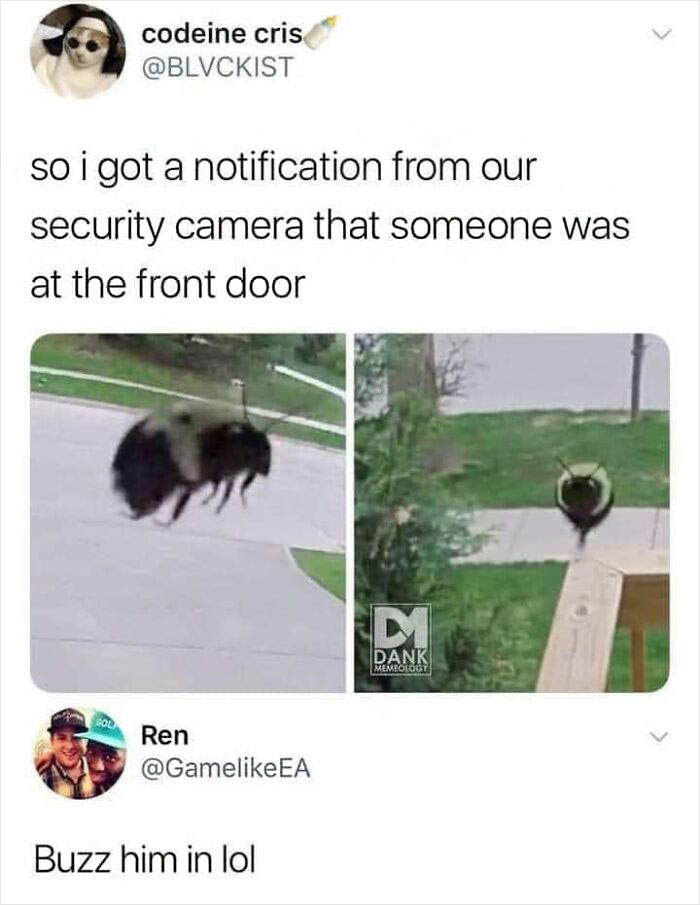
Image credits: Claudia Perelli Hentschel
#6

Image credits: Nicholas Kairu
According to Manu Saunders, a researcher and PhD candidate from Charles Sturt University, mostly, funds are distributed fairly. “But if an organization funds a research project that will benefit them financially, then we cannot accept the findings as 'evidence' unless different researchers (from unrelated organizations) come to the same conclusions through their own independent research.”
Moreover, since scientific evidence relies on data, it’s vital for researchers to ensure that the data they collect is representative of the “true” situation. Saunders argues that it means researchers have to use proven or appropriate ways of collecting and analyzing the data and ensuring the research is conducted ethically and safely.
#7
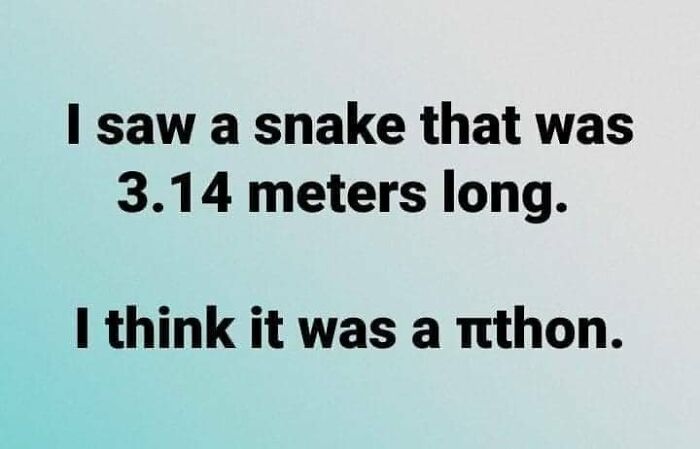
Image credits: Kevin Burke
#8
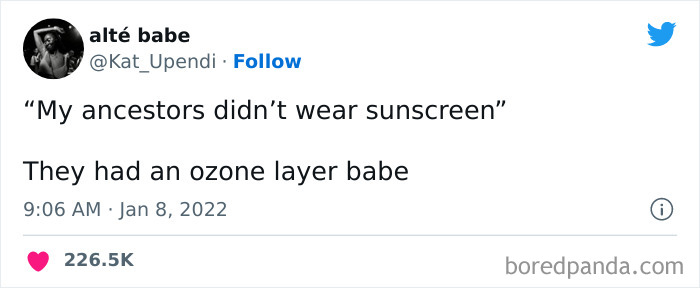
Image credits: Kat_Upendi
#9
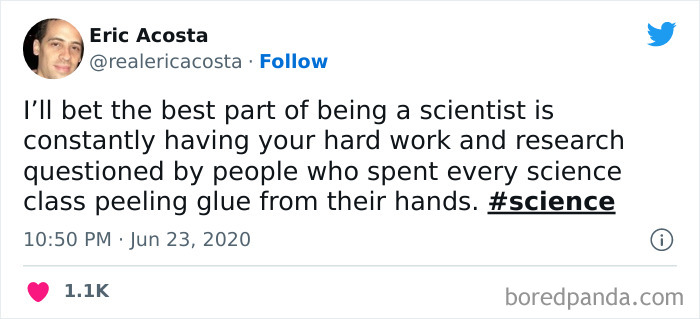
Image credits: realericacosta
Peer review and professional consensus is the most crucial step since it turns research into the “evidence” that we all talk about and rely on. “The researcher has to present their data, results and conclusions in the form of a scientific report or paper. This must be reviewed by their scientific peers – only they are qualified to assess the validity of the methods and the accuracy of the conclusions the researcher has drawn from the results,” Saunders explains.
#10
German engagement ring from the 16th century; It was designed to turn into small astronomical map with a sentence: "The whole universe is in your hands."
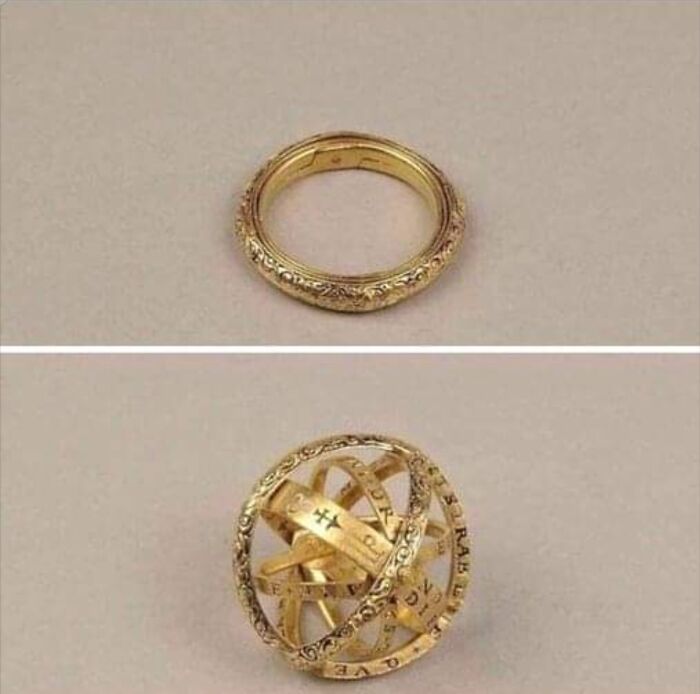
Image credits: Aleksandra Bilewicz
#11
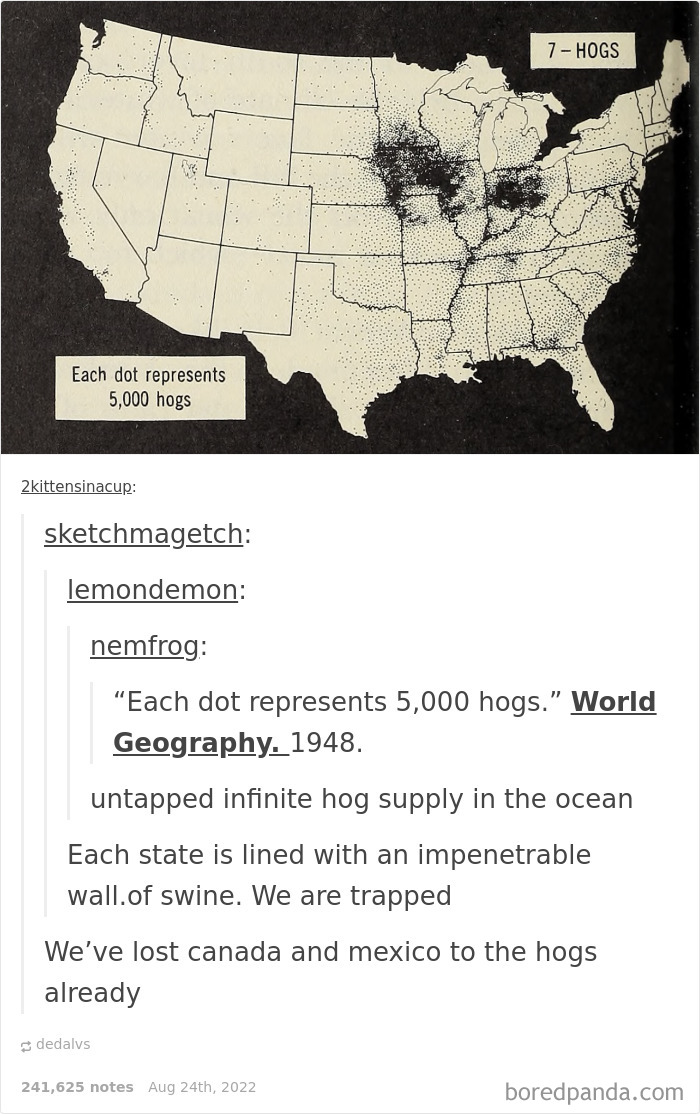
Image credits: dedalvs
#12
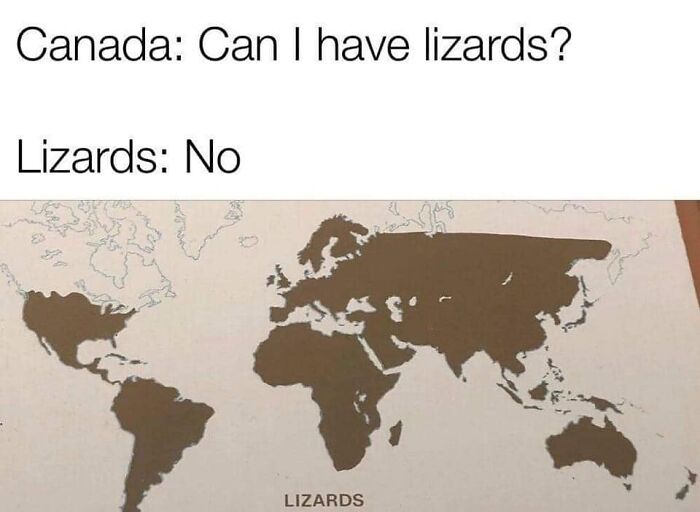
Image credits: Nikki Tinsman
It’s also very important to note that most scientific facts reach us though media and press, politics and opinion makers. Oftentimes, we don’t have the opportunity, time nor want to spend effort checking facts for ourselves.
Saunders argues that it’s a good idea to check if “scientific evidence” backs up its case by asking a couple of questions: “Who funded the research and why? How much evidence is there and how was it gathered? Was the sample size or location representative of the 'real' situation?”
#13

Image credits: Fernando Frassetto
#14
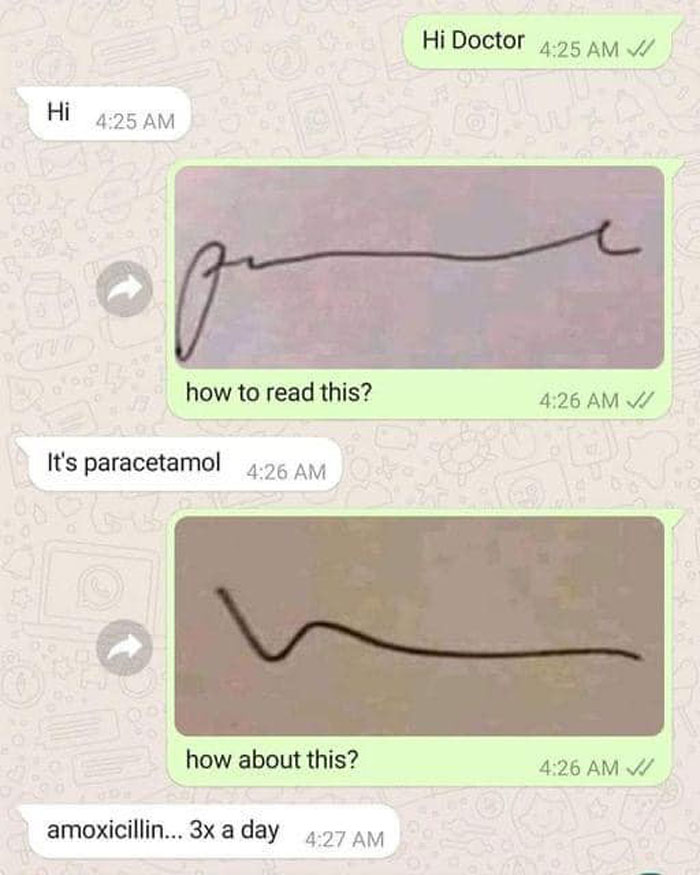
Image credits: William Cheney
#15

Image credits: Jason Caisse
#16
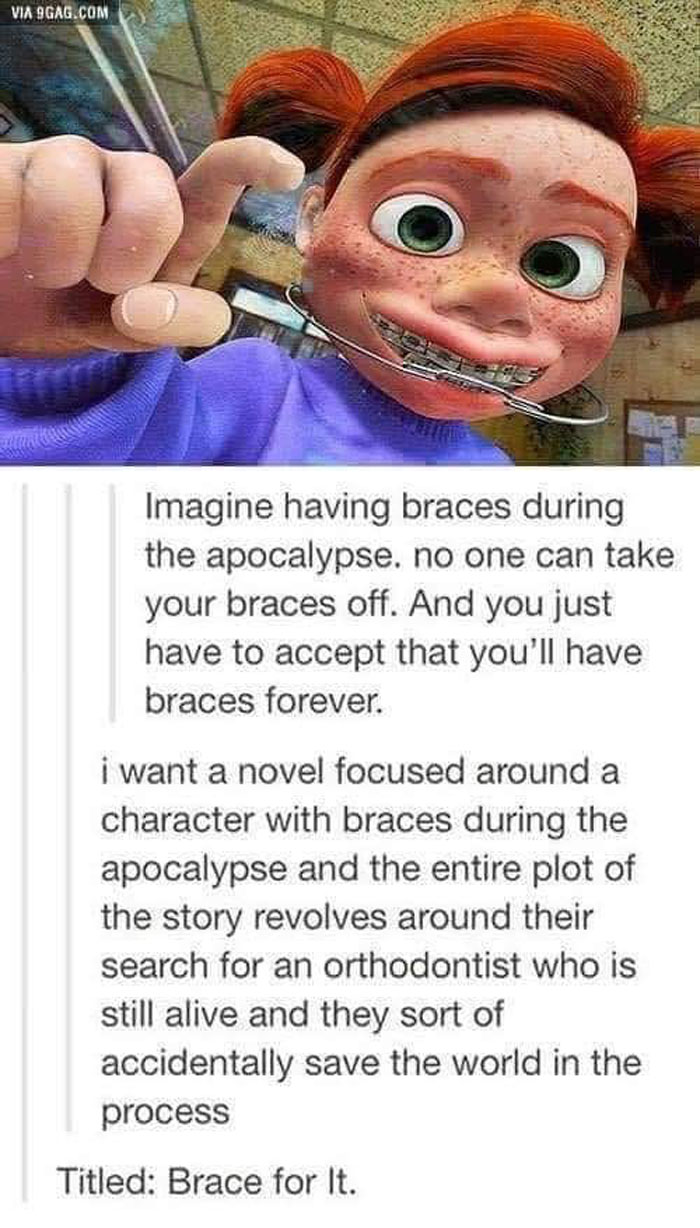
Image credits: Samuel Drazkowski
#17
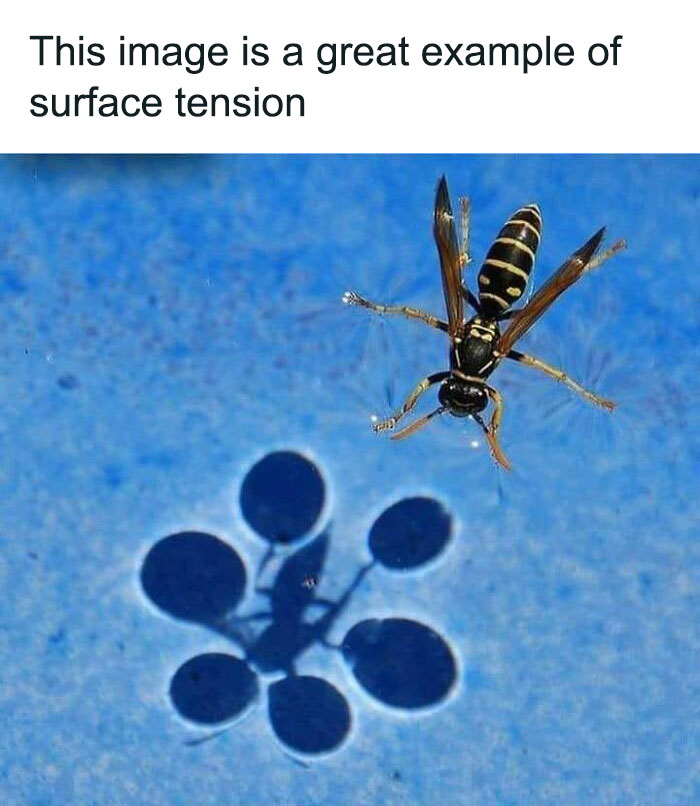
Image credits: Danish Hussain Abbasi
#18
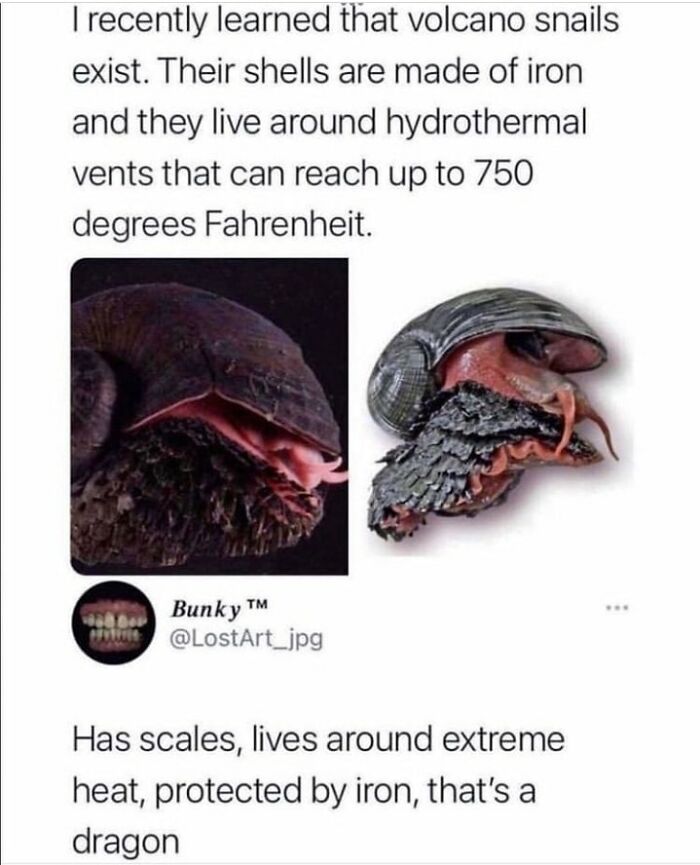
Image credits: Delfina Vazquez
#19

Image credits: Fredrik Falk
#20

Image credits: teaboot
#21

Image credits: Hannah St Julien
#22
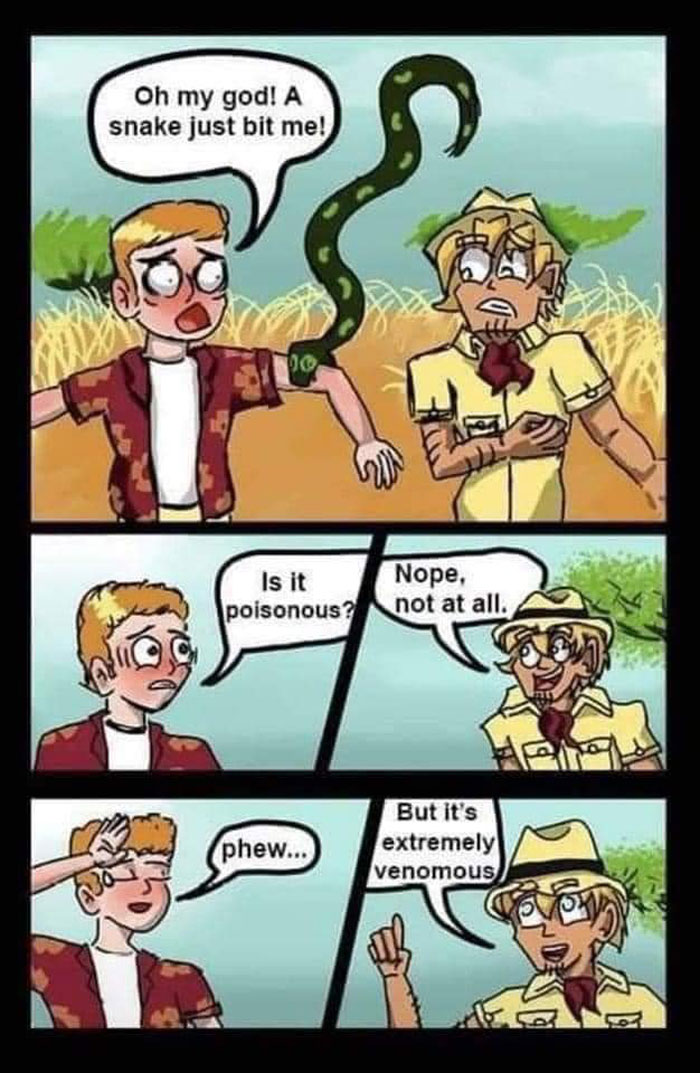
Image credits: Jacqueline Harris
#23
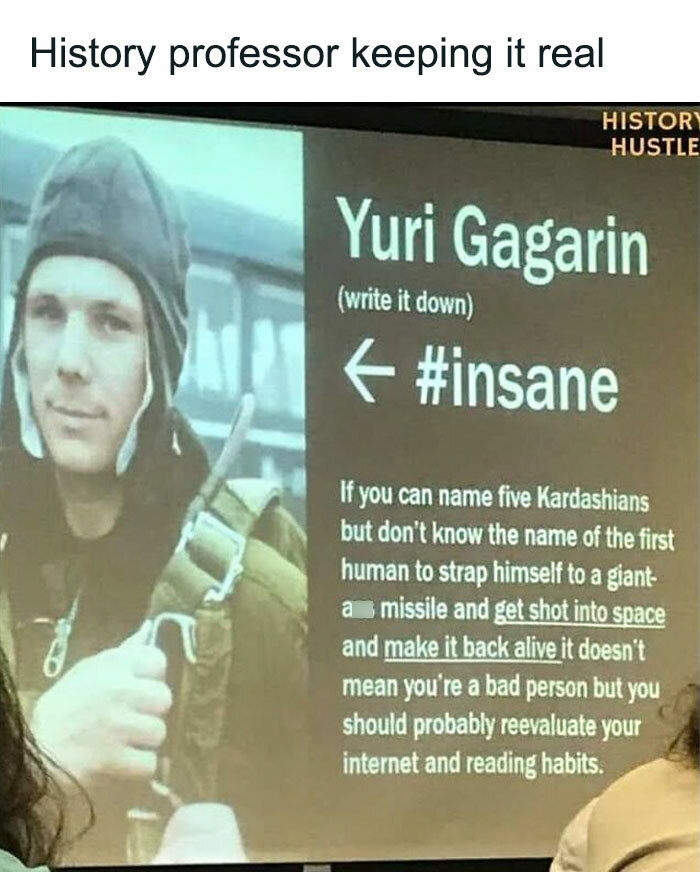
Image credits: Alex Hanna
#24
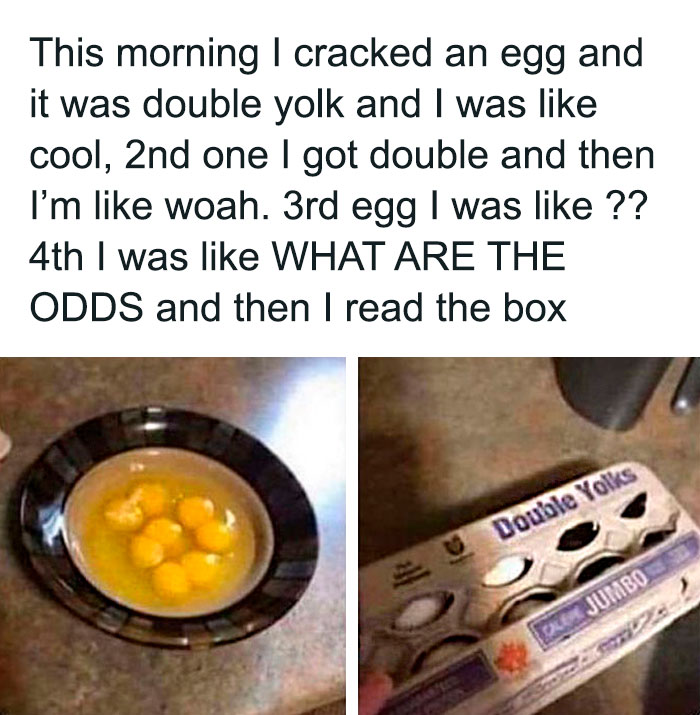
Image credits: Kristen Mejia
#25
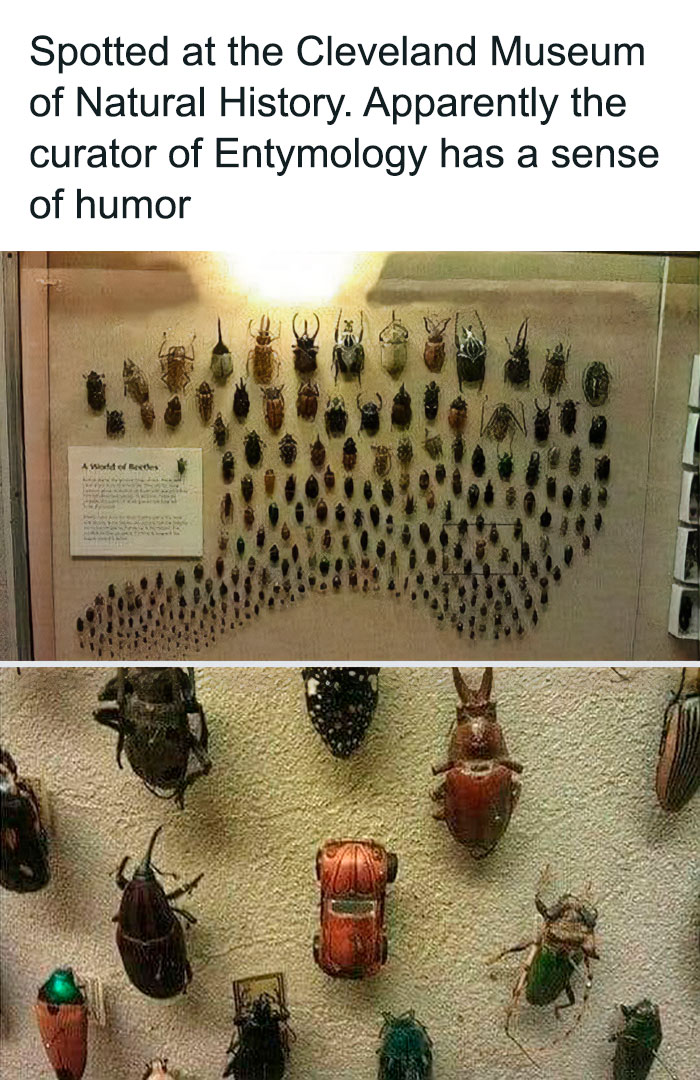
Image credits: Surachon Bundao
#26

Image credits: Sophie Hart
#27

Image credits: Syed Jawad
#28
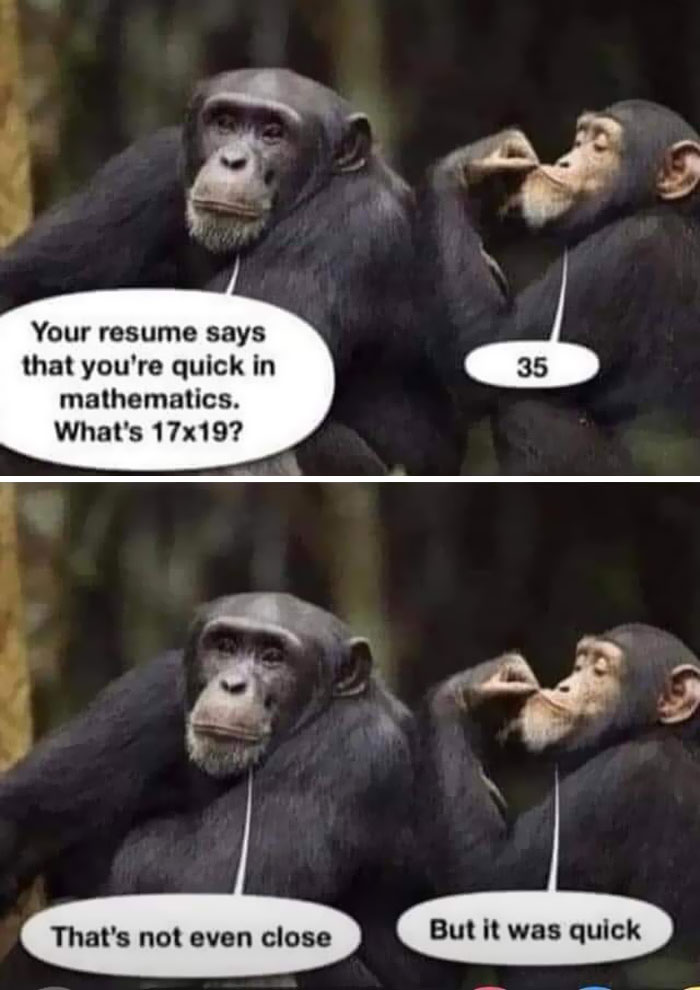
Image credits: Daniel C. Braun
#29
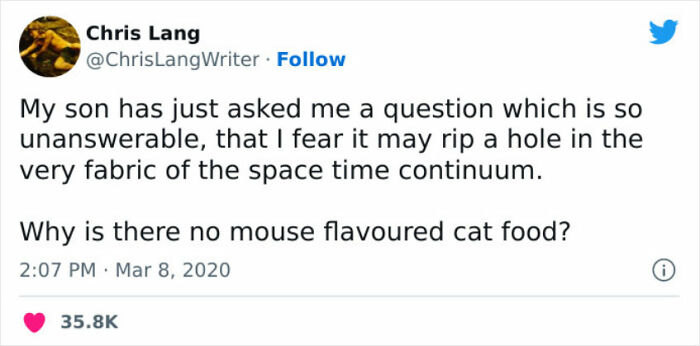
Image credits: ChrisLangWriter
#30
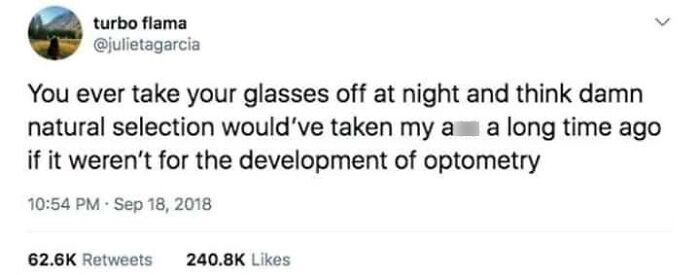
Image credits: Nicholas Kairu
#31

Image credits: Thomas Lawrence
#32
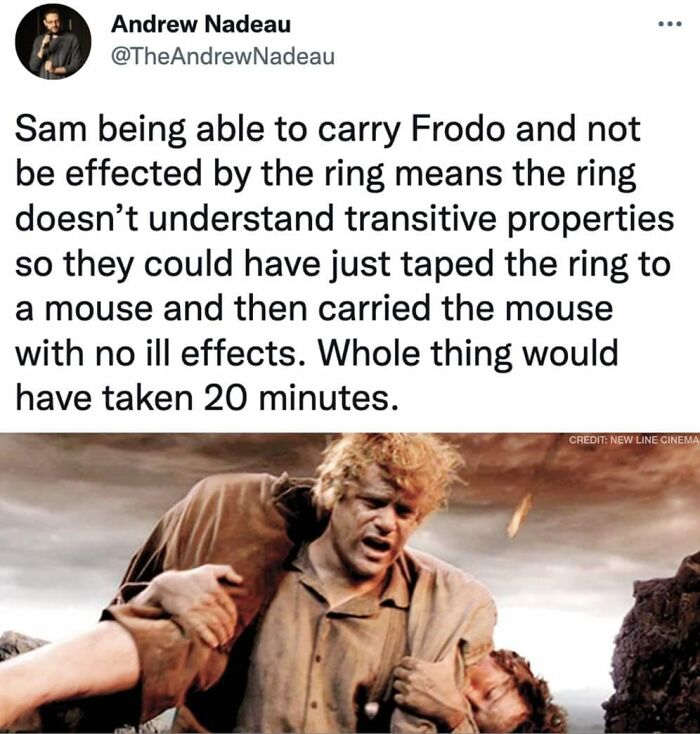
Image credits: Reece Fernandes
#33
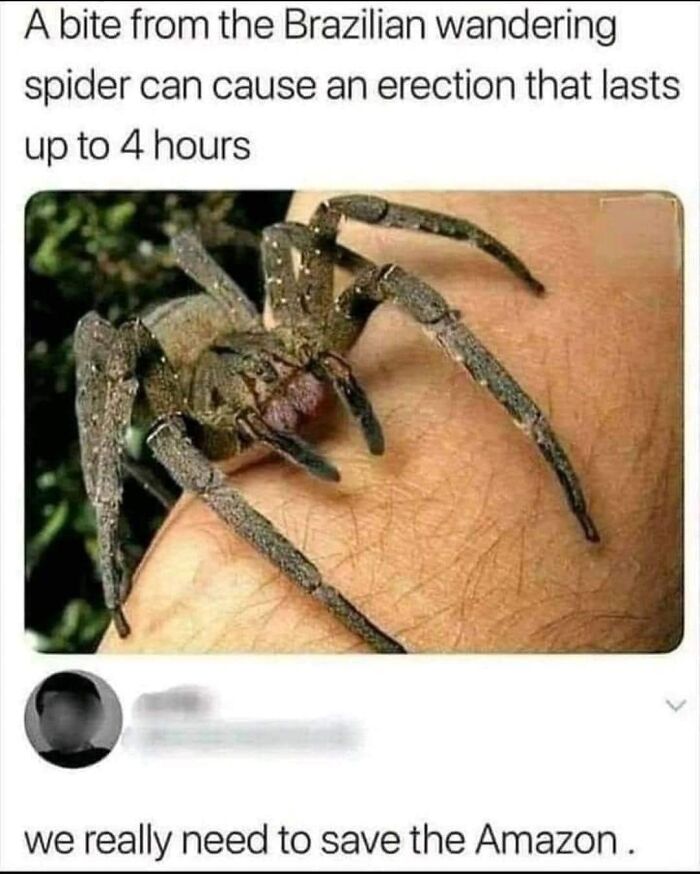
Image credits: Claudia Perelli Hentschel
#34

Image credits: Claudia Perelli Hentschel
#35

Image credits: Claudia Perelli Hentschel
#36
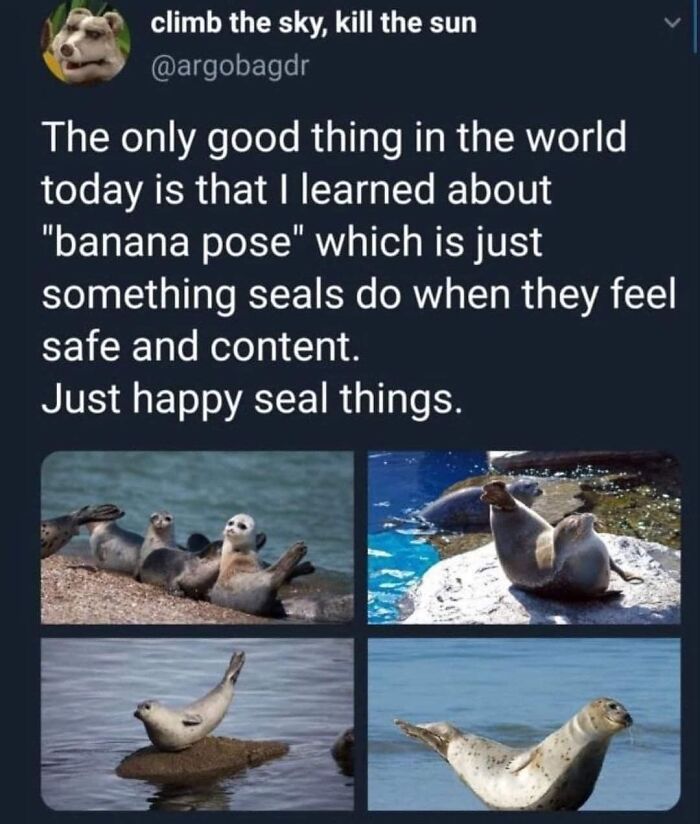
Image credits: Claudia Perelli Hentschel
#37
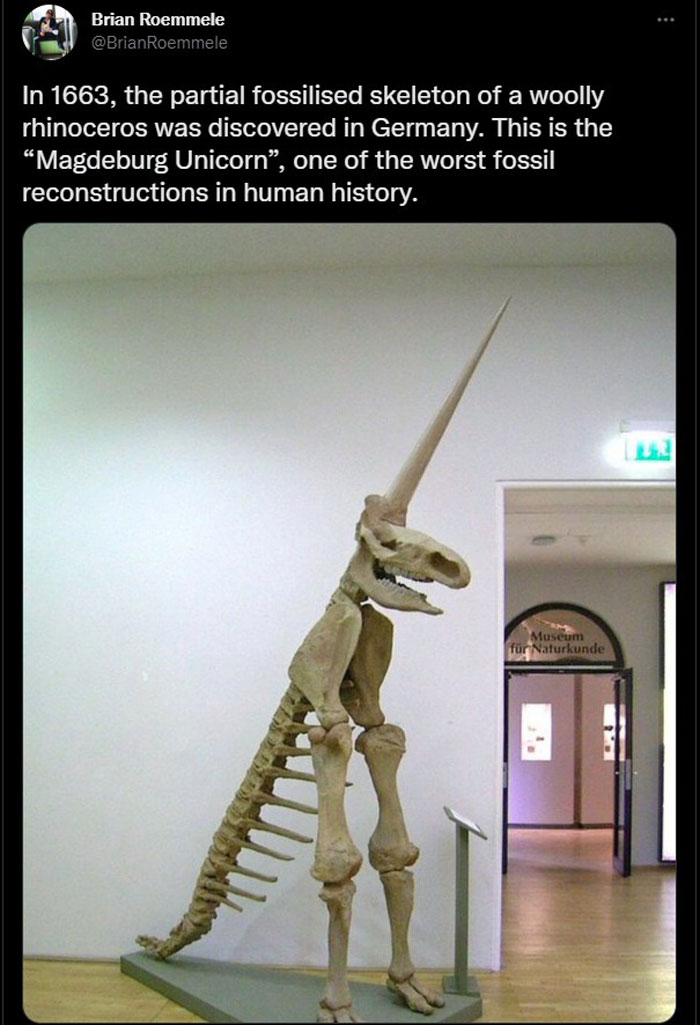
Image credits: Adam Casey
#38
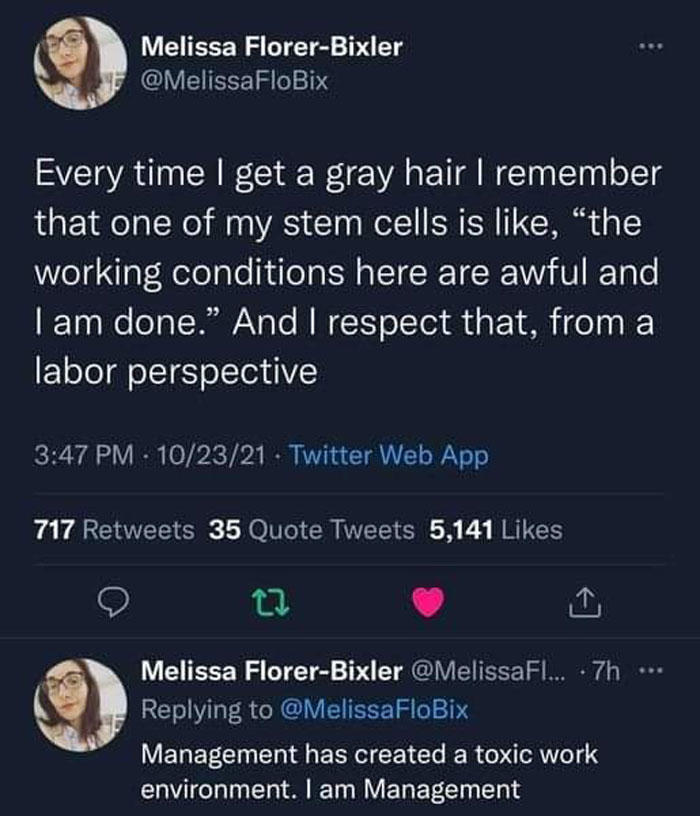
Image credits: Alex Hanna
#39

Image credits: Gillian Ferguson
#40
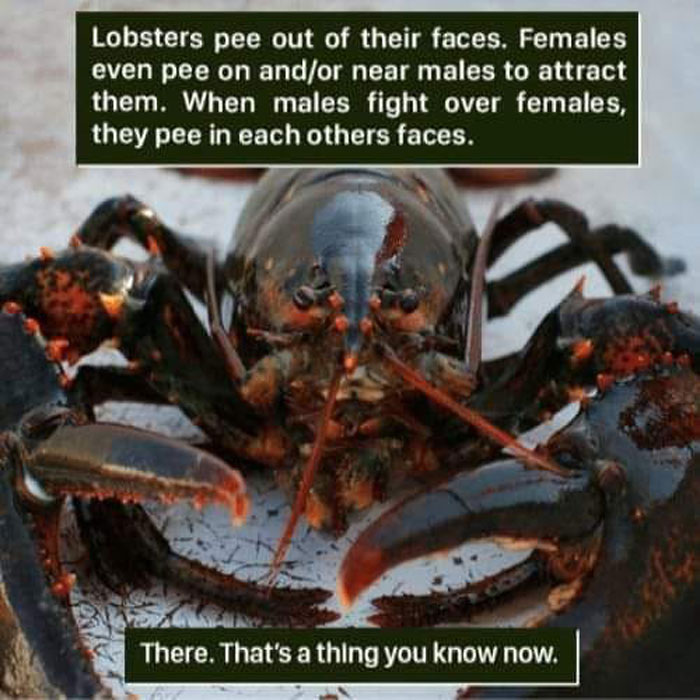
Image credits: Patrick Bucher
#41

Image credits: Matthew Serowik
#42
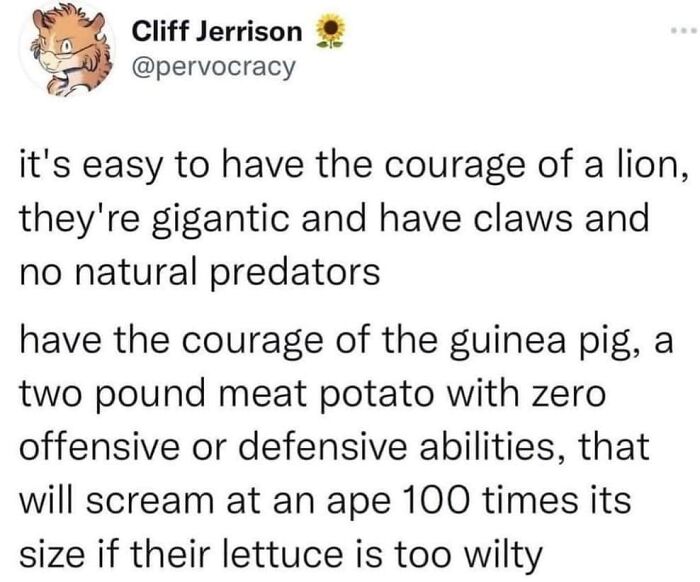
Image credits: Joe Hozey
#43
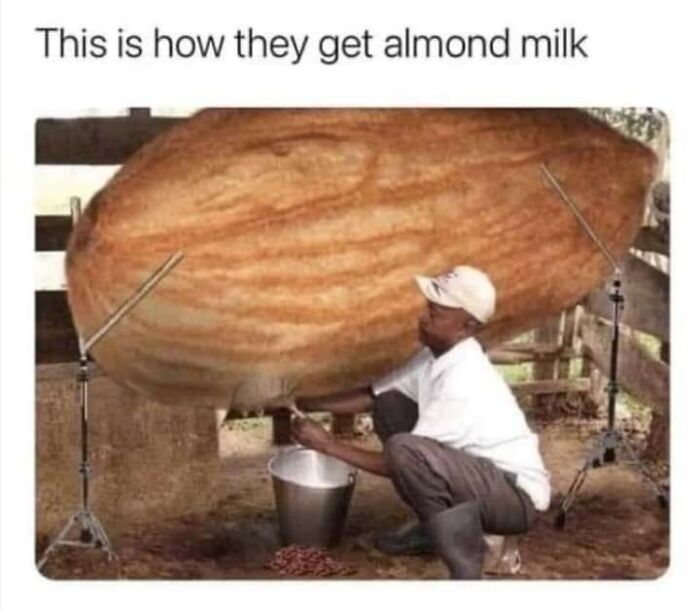
Image credits: Susan Schue
#44

Image credits: Mary Grace G. Moser
#45
An amazing photo of a swamp turtle meeting a dragonfly
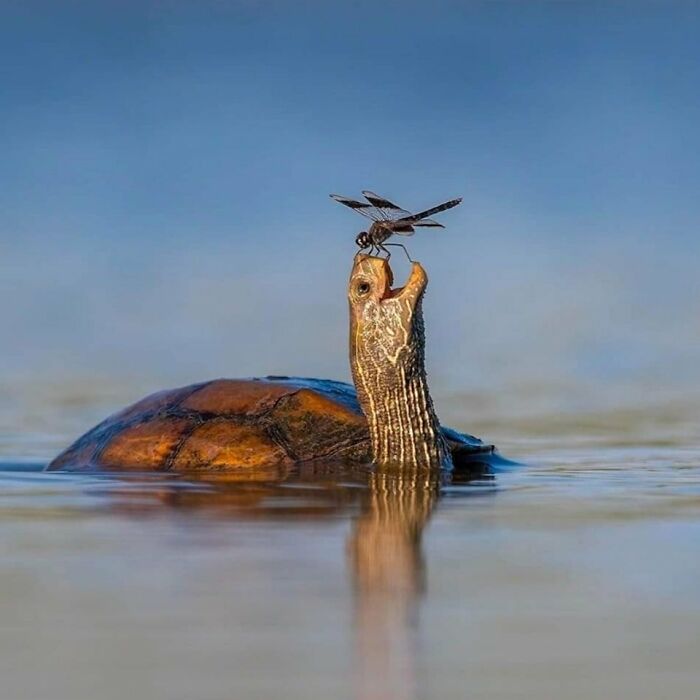
Image credits: Sylwia Murlak
#46
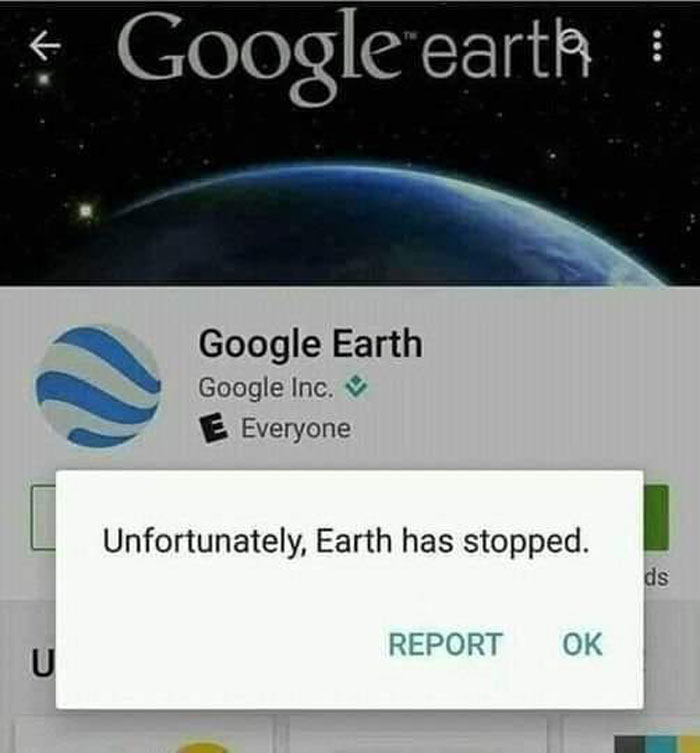
Image credits: Pauline Acalin
#47
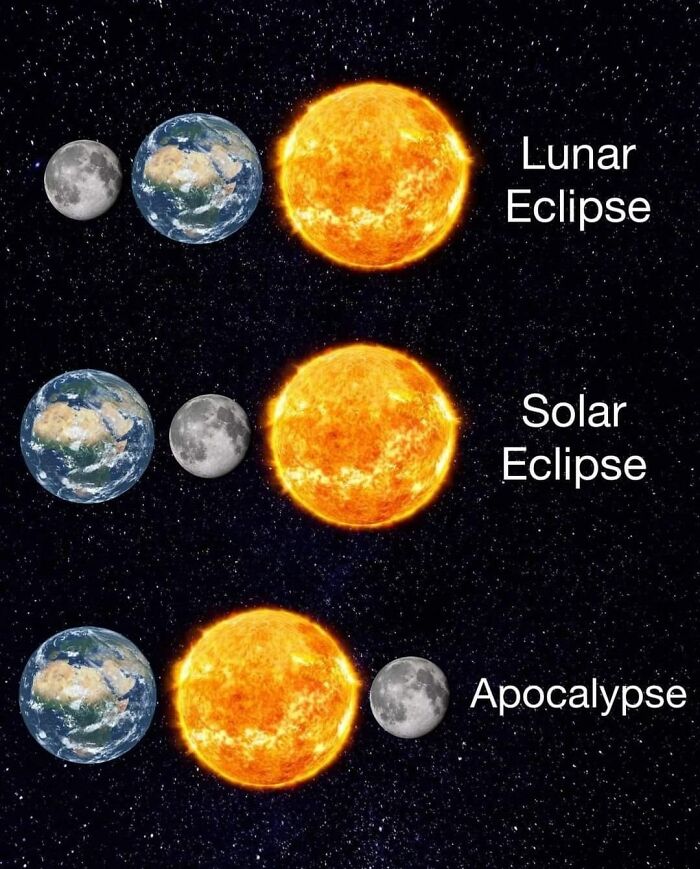
Image credits: DeDe Kosky Coleman
#48

Image credits: Claudia Perelli Hentschel
#49

Image credits: Shawn Gut
#50

Image credits: Jeremy Harrison
#51
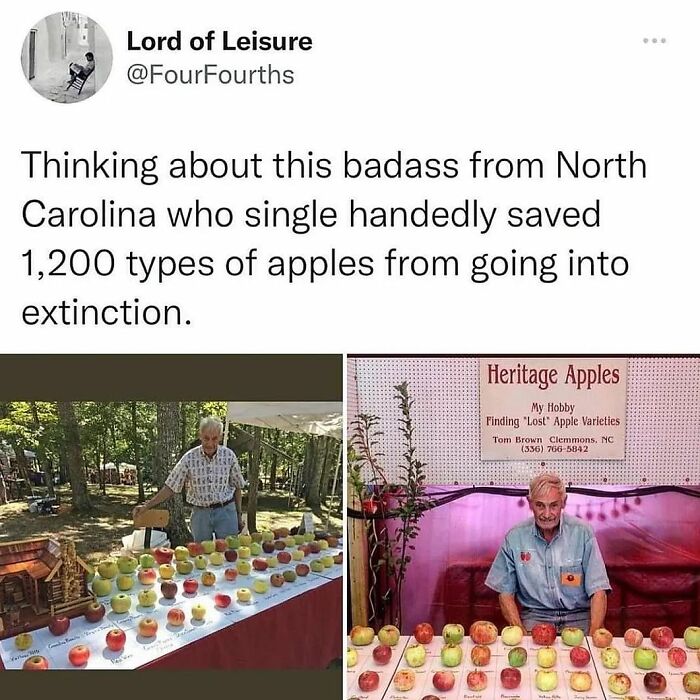
Image credits: Cp DuzIt
#52
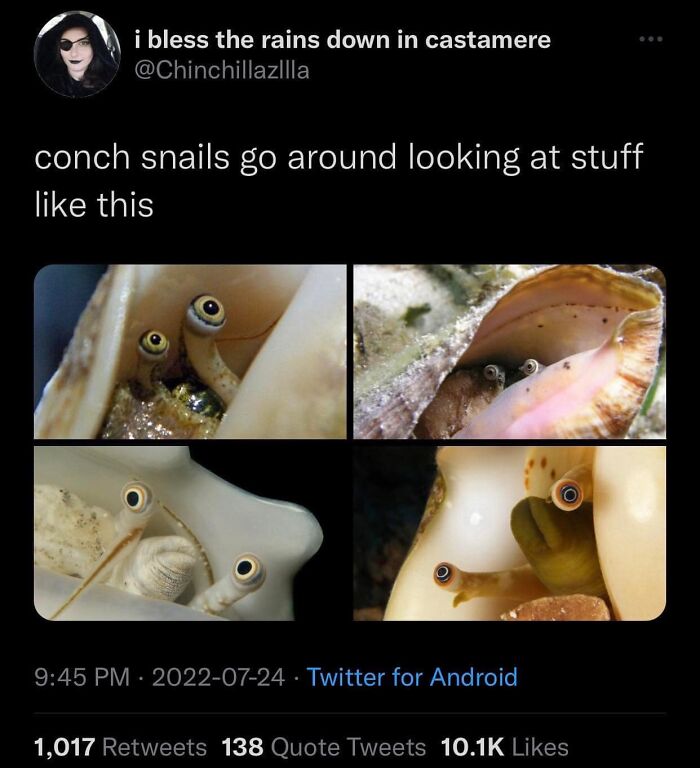
Image credits: Jameson Smith
#53
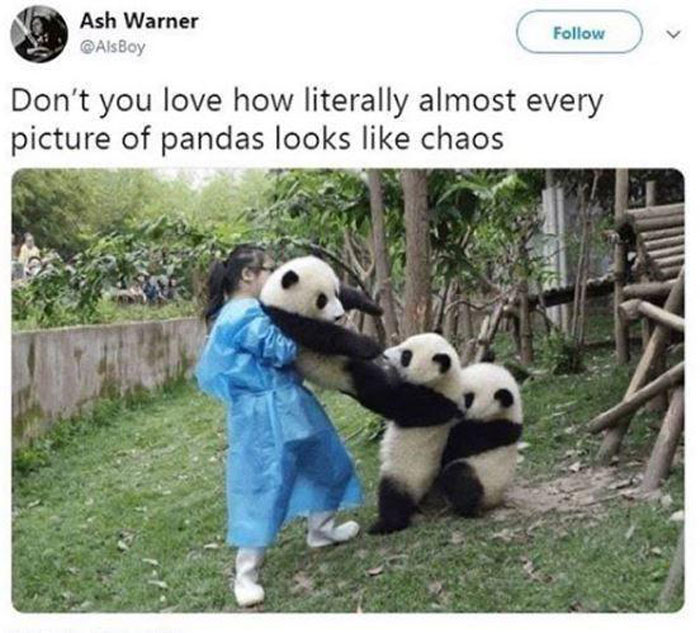
Image credits: Richard Guillermo
#54
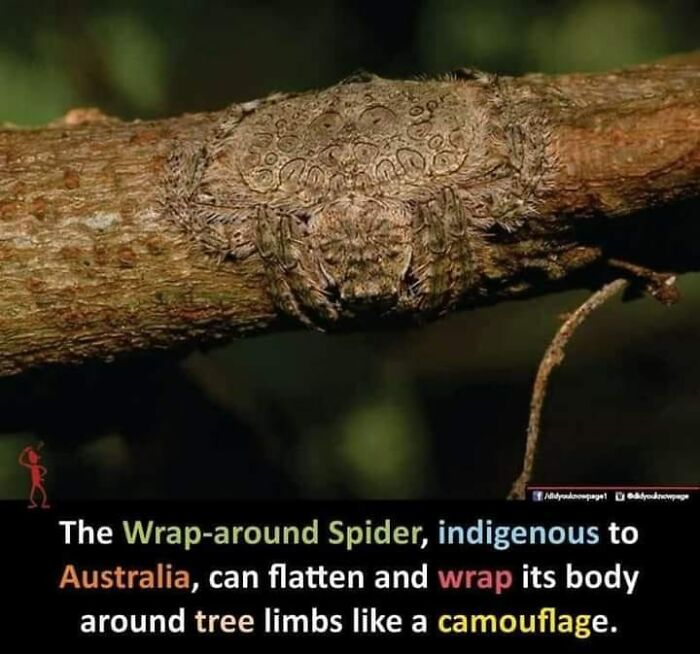
Image credits: Honey Mae Shashaah
#55
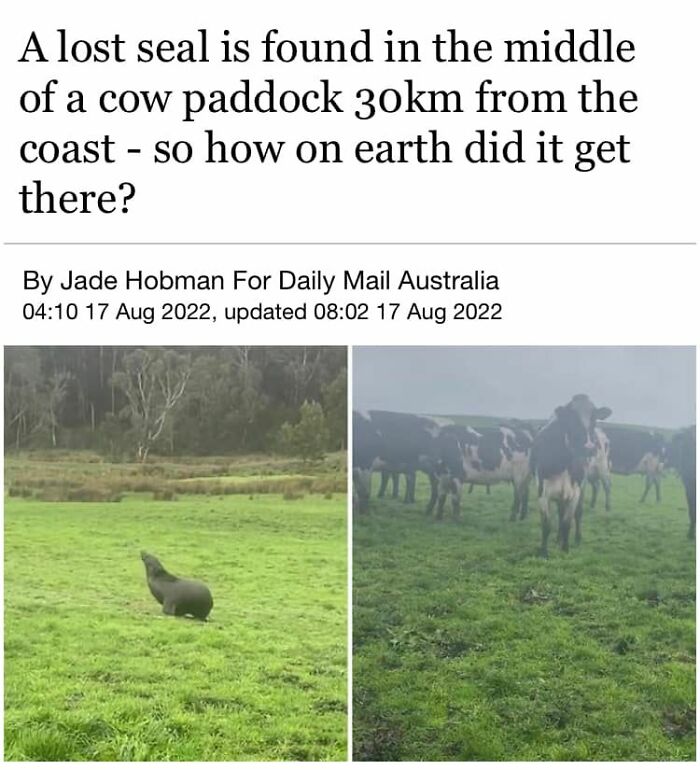
Image credits: Hanna Vanek
#56
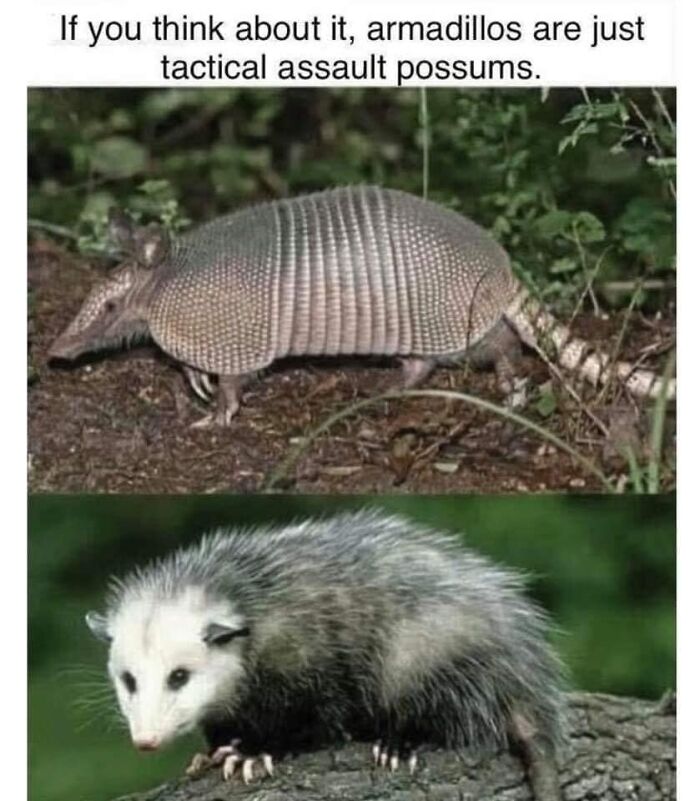
Image credits: Zergio Del
#57

Image credits: Stephany Perry
#58
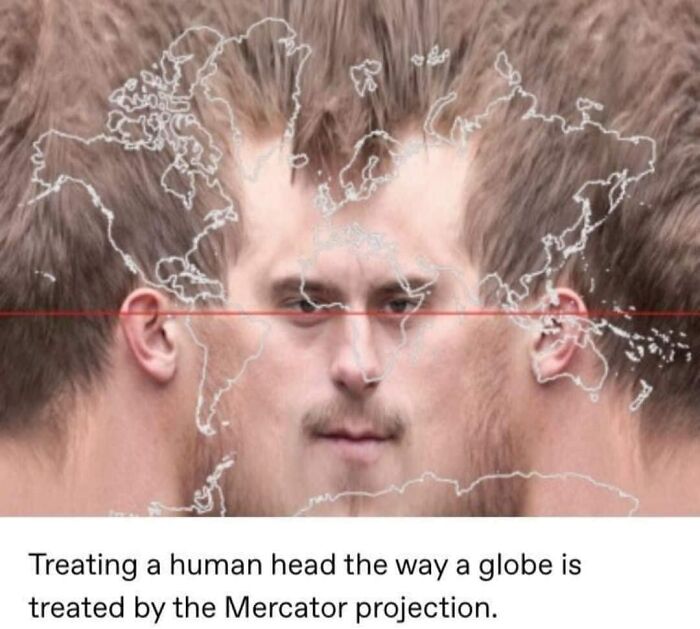
Image credits: Kathryn Fullerton
#59

Image credits: Abigail Beatrice
#60

Image credits: Neil Anderson
#61

Image credits: Nicholas Kairu
#62

Image credits: ThomedySci
#63
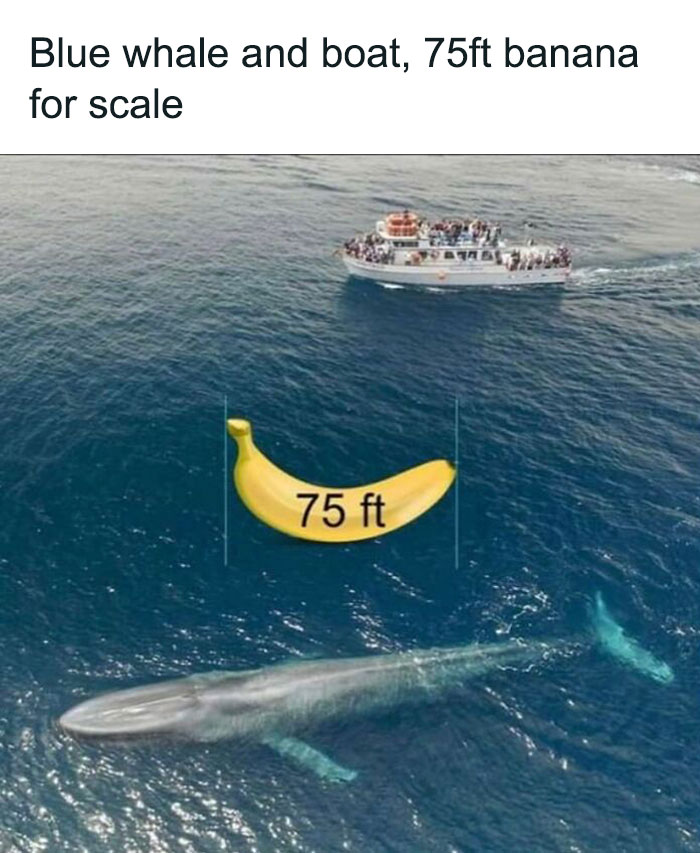
Image credits: Will Hunter
#64
Clearest image ever taken of Venus
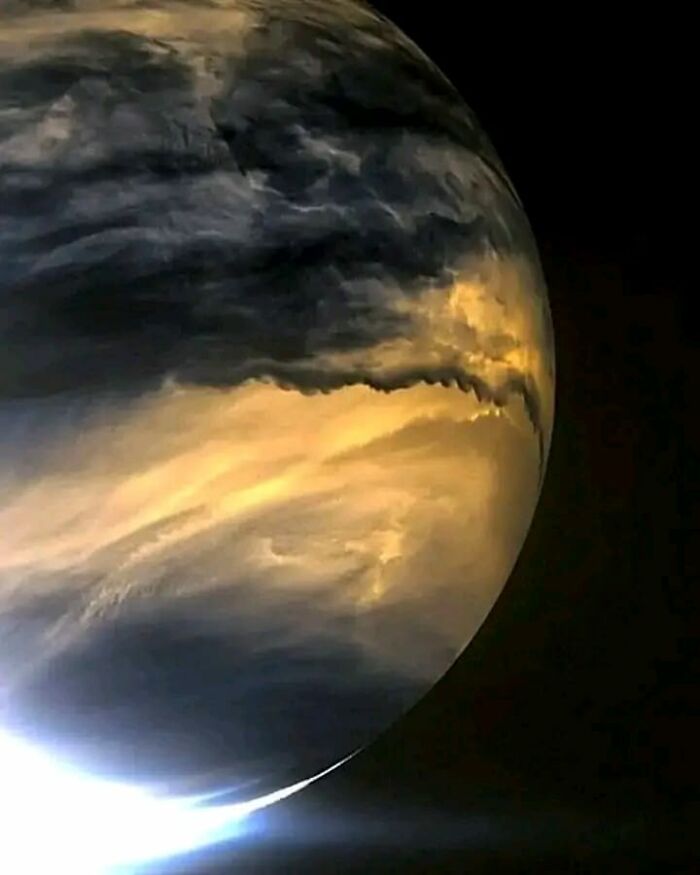
Image credits: Zeeshan Ali
#65
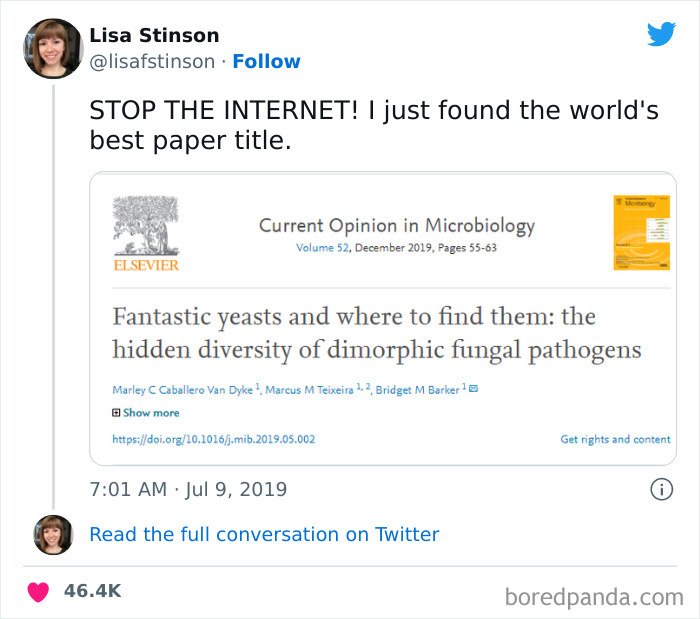
Image credits: lisafstinson
#66

Image credits: Aleksandra Bilewicz
#67
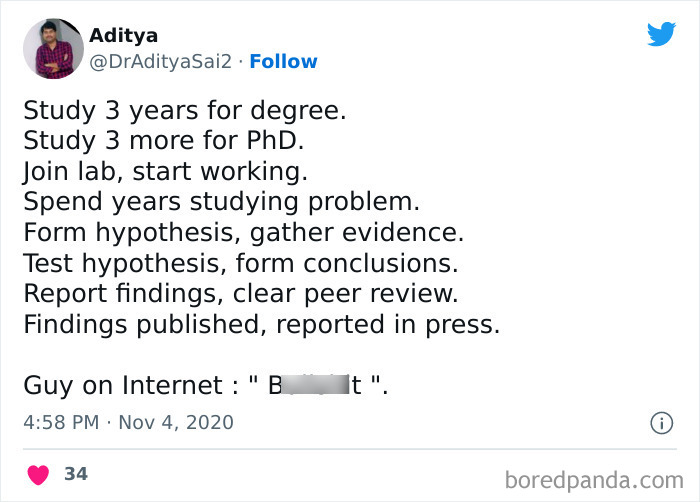
Image credits: DrAdityaSai2
#68

Image credits: fandomsinthefloorboards-blog
#69
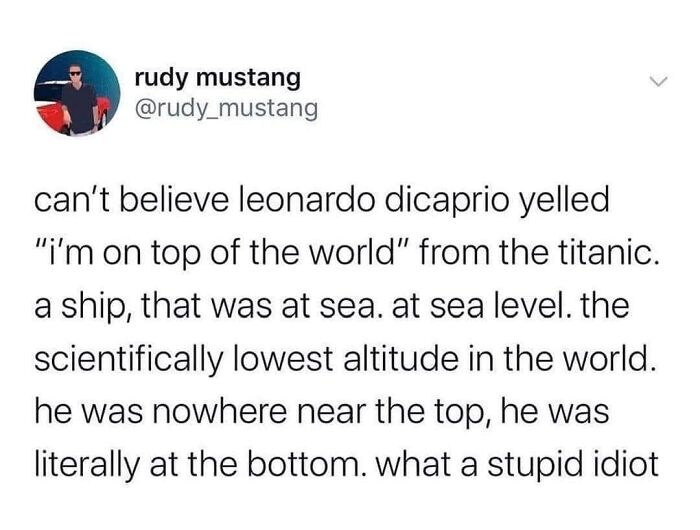
Image credits: Gowtham Prithvi
#70

Image credits: Bad Archaeology Magazine
#71
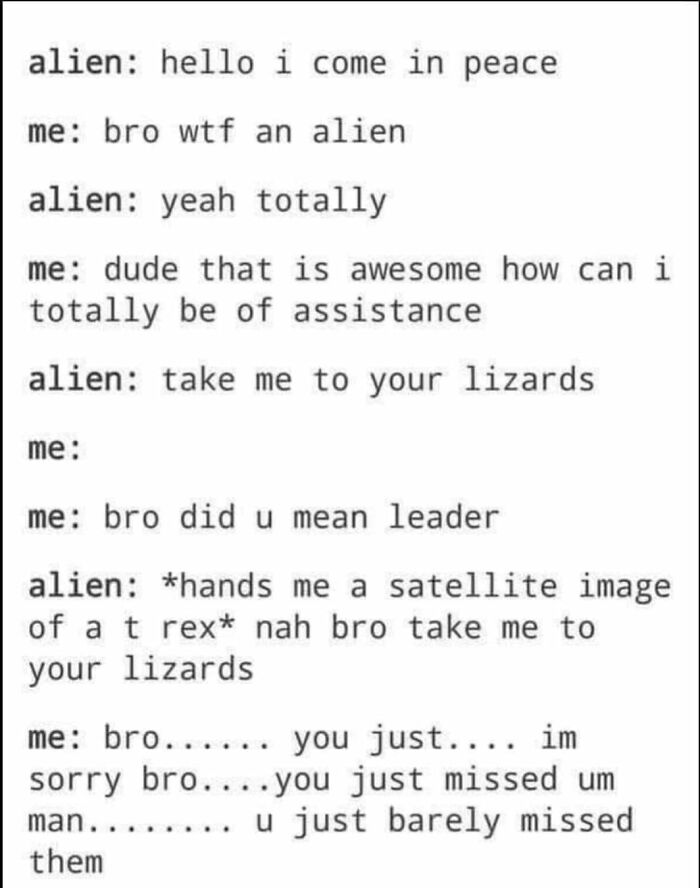
Image credits: Tiffany Shariece Glasco
#72

Image credits: Todd Harrison
#73
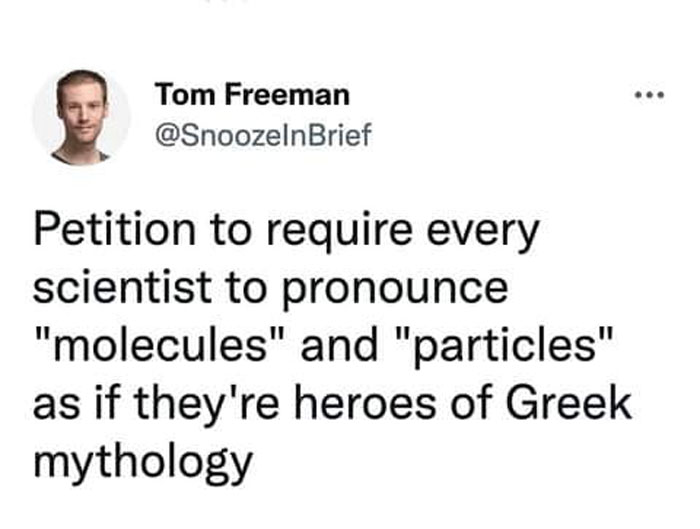
Image credits: Karen DeWitt
#74
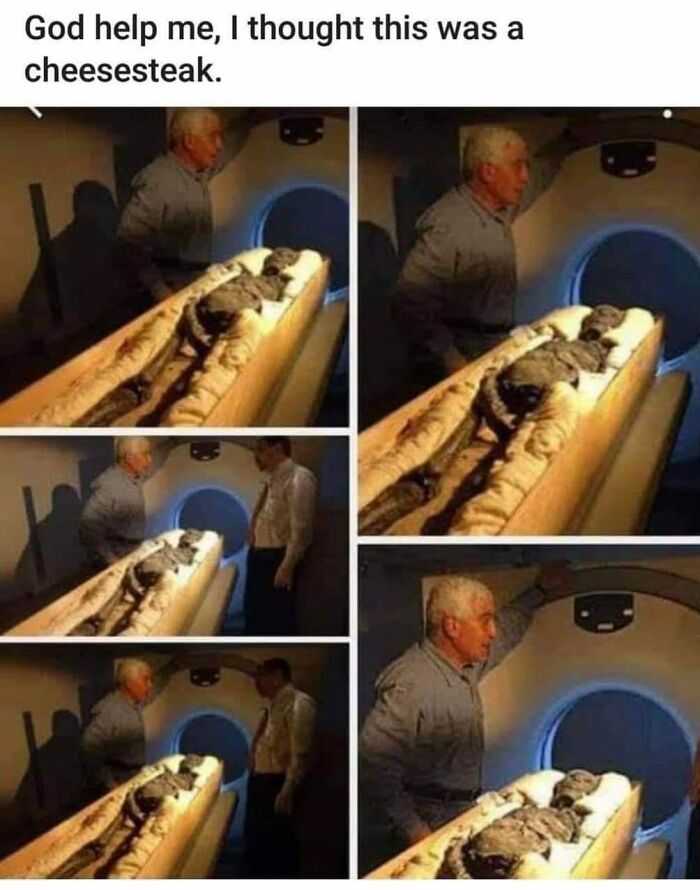
Image credits: Ryan Condry
#75

Image credits: Nicholas Kairu
#76

Image credits: Anna Ostrowska
#77
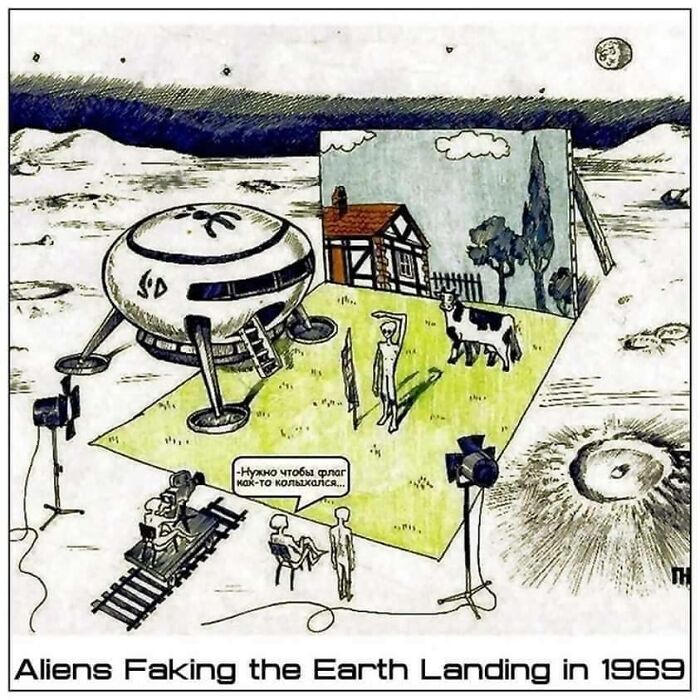
Image credits: Zelika Rahmi
#78
Phenomenon of vivipary - growing sprouts of strawberries still attached to maternal plant
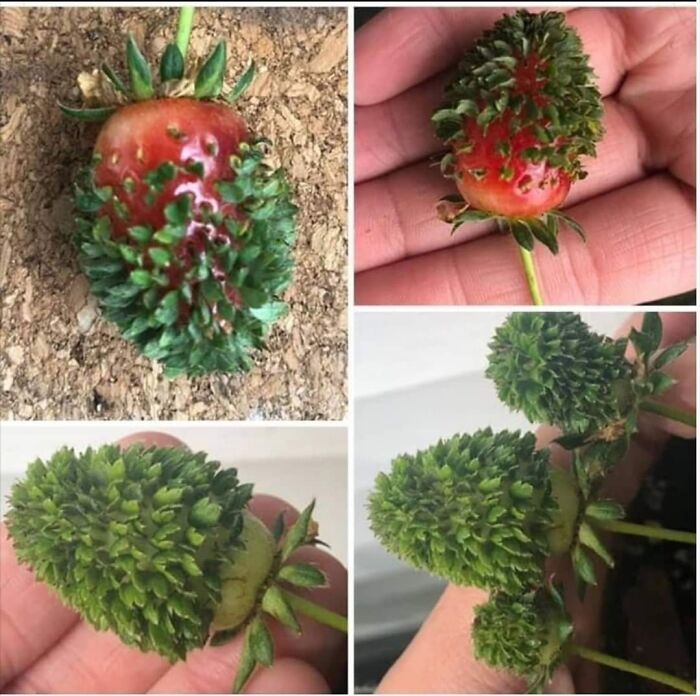
Image credits: Aleksandra Bilewicz
#79

Image credits: Alex Hanna
#80
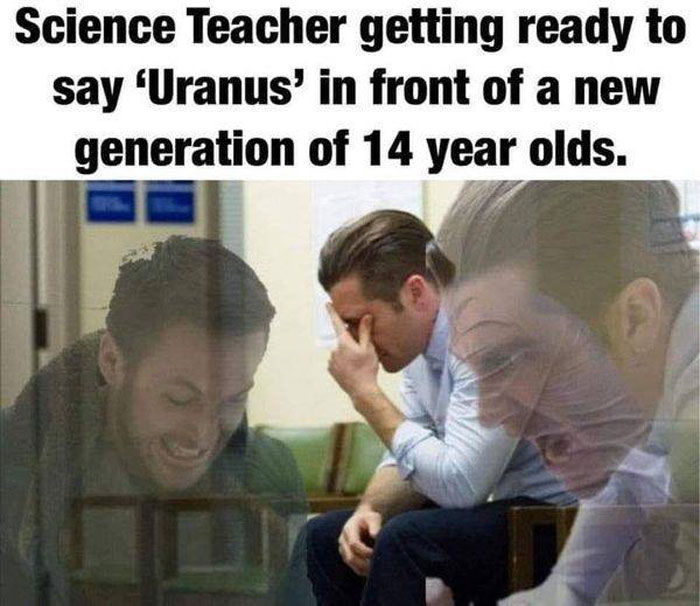
Image credits: John Benjamin Kerkhoven
#81

Image credits: Amanda Ferris
#82

Image credits: Kathryn Gibson Eberhart
#83
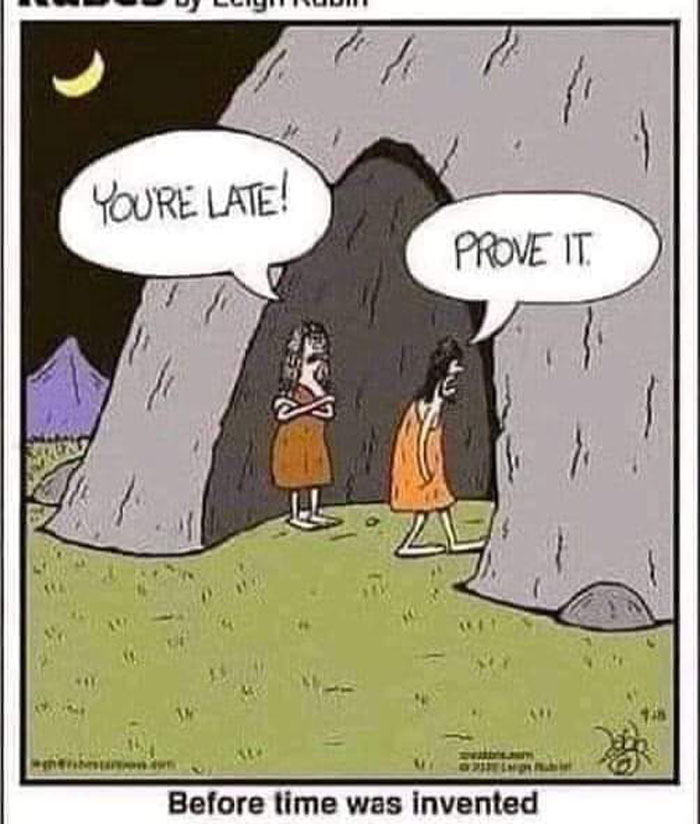
Image credits: Hamza Khaldoune
#84

Image credits: Gattina Notturno
#85

Image credits: Chris Banach
#86

Image credits: Florian Henke
#87

Image credits: Deb Auer
#88

Image credits: Nicholas Kairu
#89
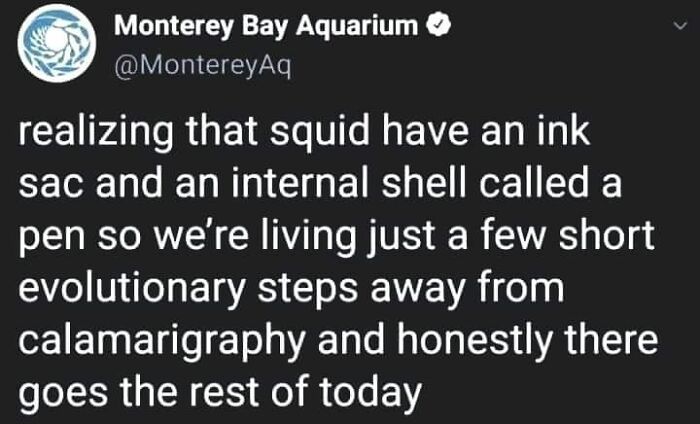
Image credits: David Cassenti
#90
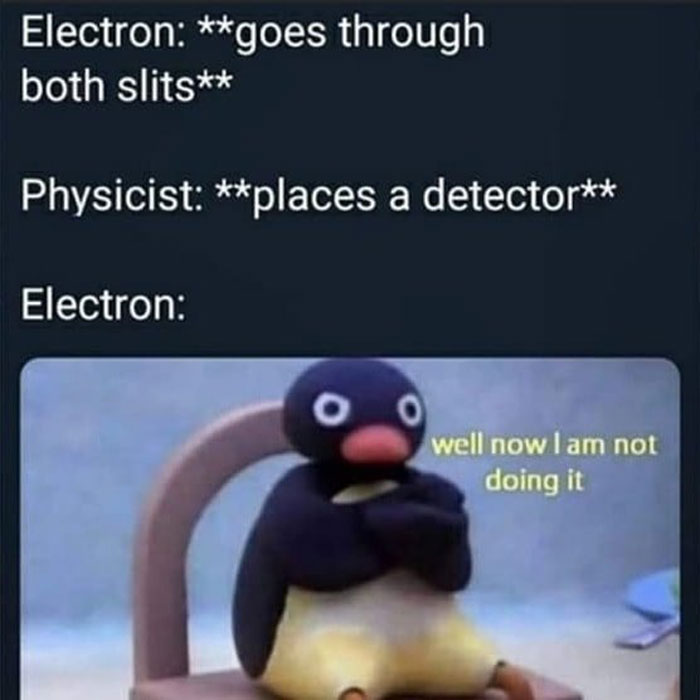
Image credits: Roberto Garcia
#91
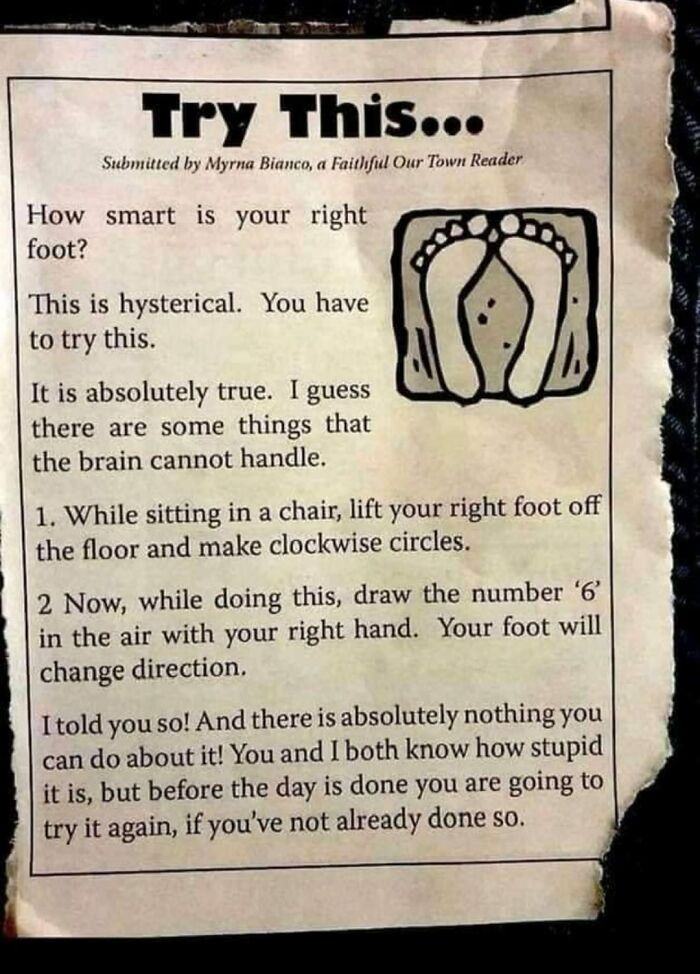
Image credits: DeDe Kosky Coleman
#92
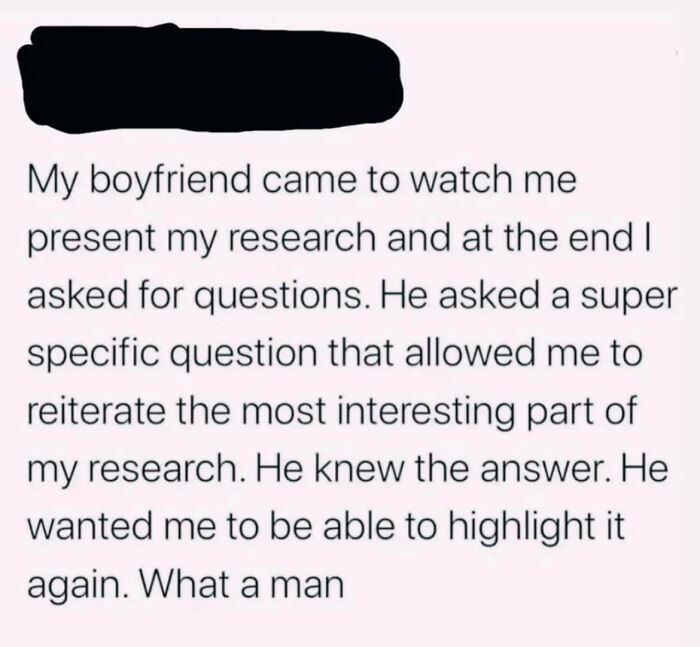
Image credits: Claudia Perelli Hentschel
#93
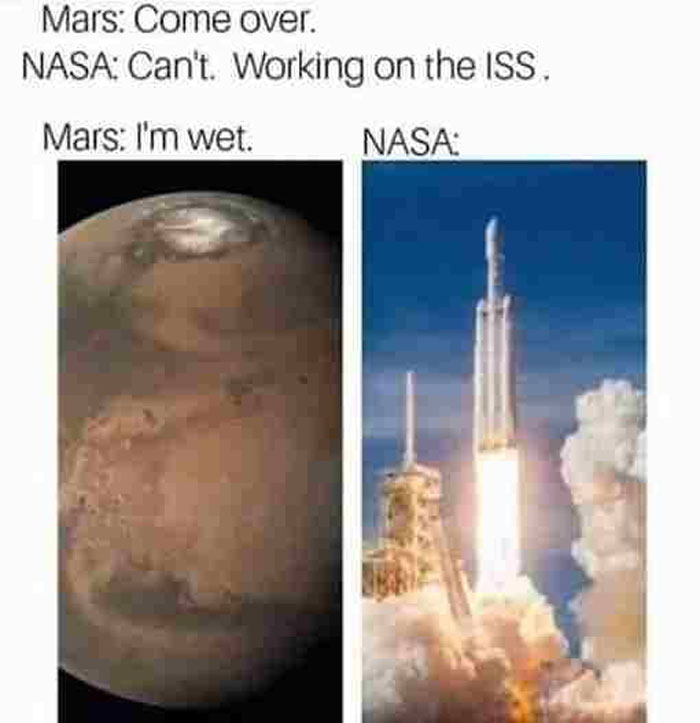
Image credits: Russell Watkins
#94
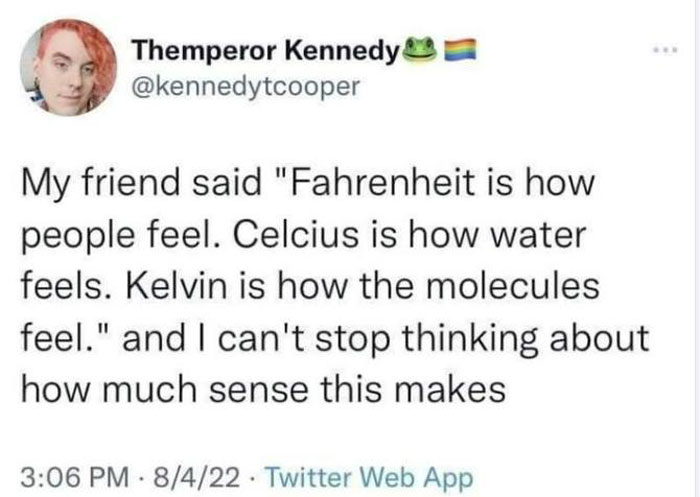
Image credits: Roy Liang
#95

Image credits: Richard Jordan
#96

Image credits: Sven Jørgensen
#97
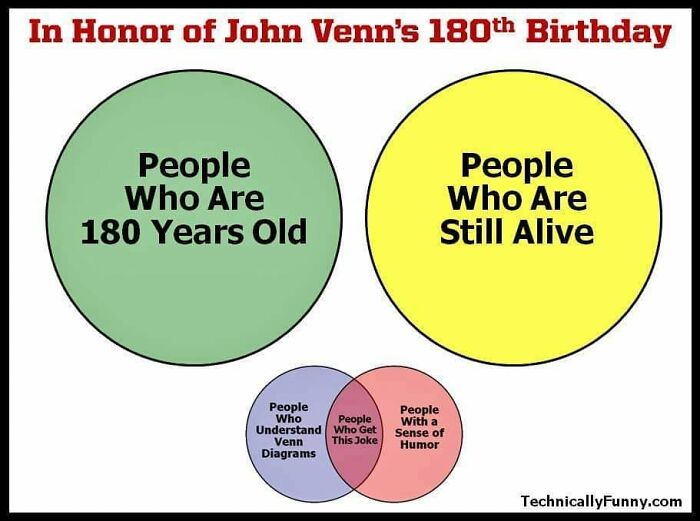
Image credits: Fiona Meybirn
#98
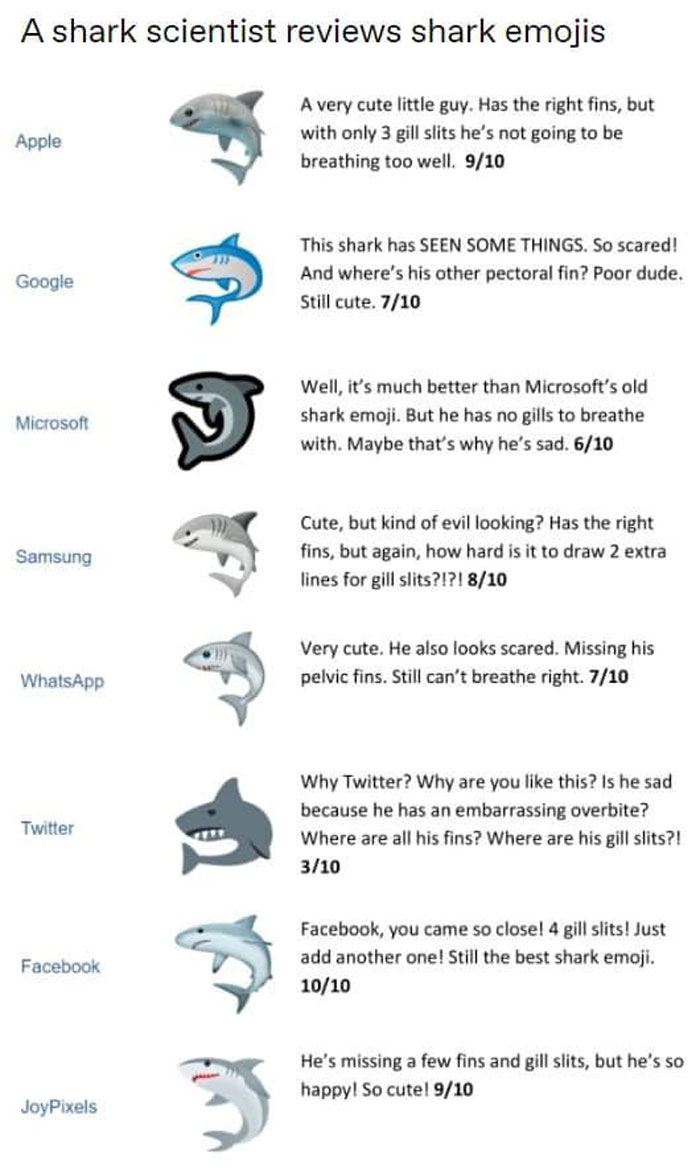
Image credits: Shiraz Engineer
#99

Image credits: Heather Rajendran
#100
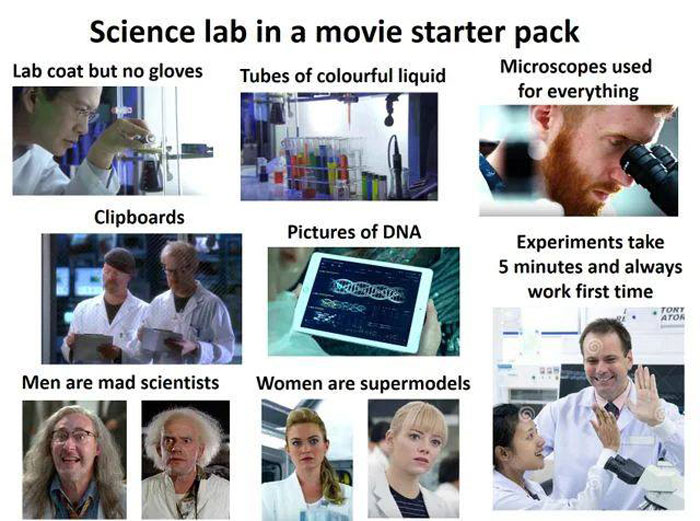
Image credits: Daniel Syrek
#101

Image credits: Stephany Perry
#102

Image credits: Douglas Macaulay
#103

Image credits: Ali Fischer
#104
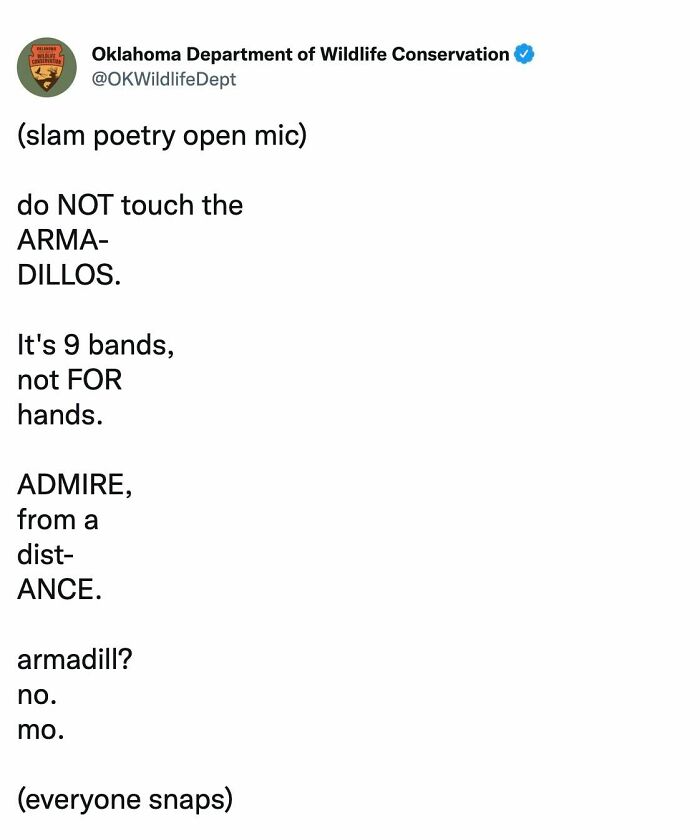
Image credits: Sara Denise
#105

Image credits: Vivien Welsh
#106
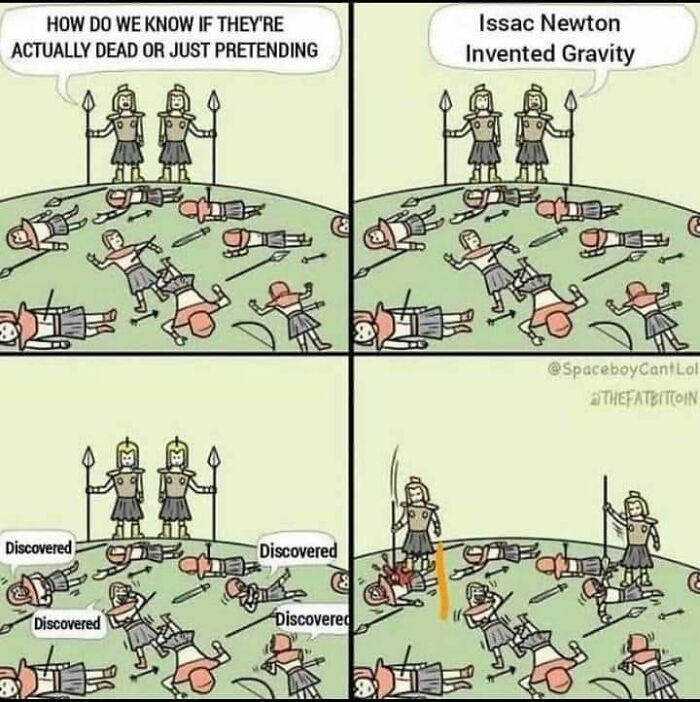
Image credits: Simon von Salis
#107

Image credits: Joe Hozey
#108
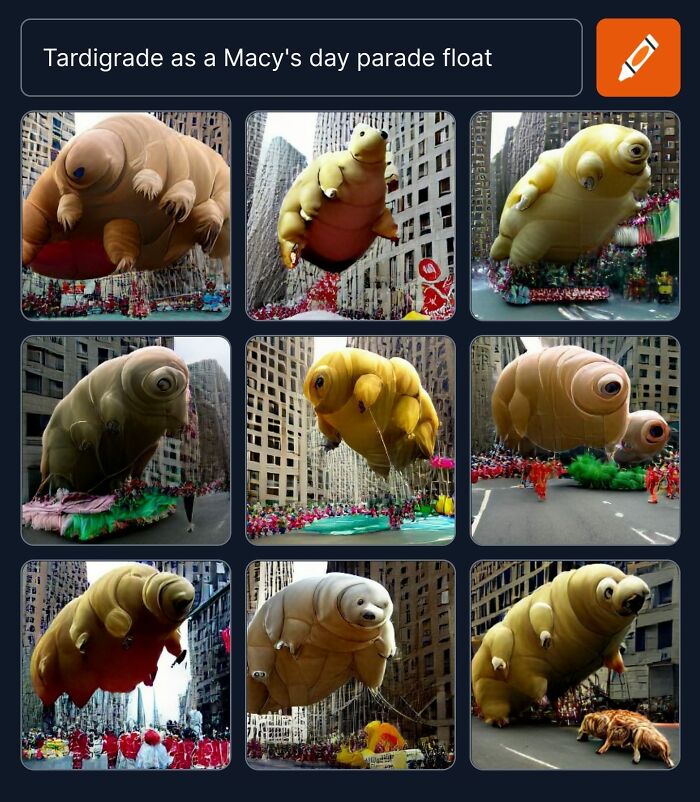
Image credits: Jackie Kovach
#109
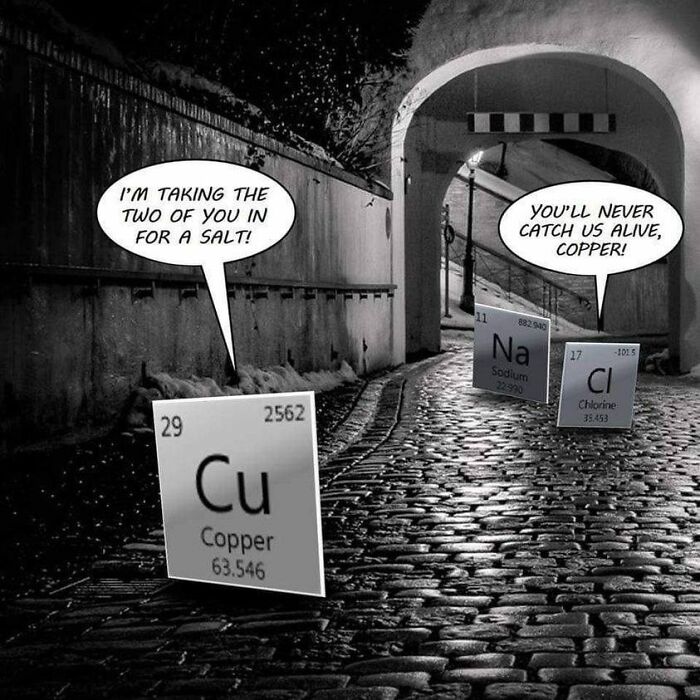
Image credits: Benjamin Crowninshield
#110

Image credits: Katie Ellsworth
#111
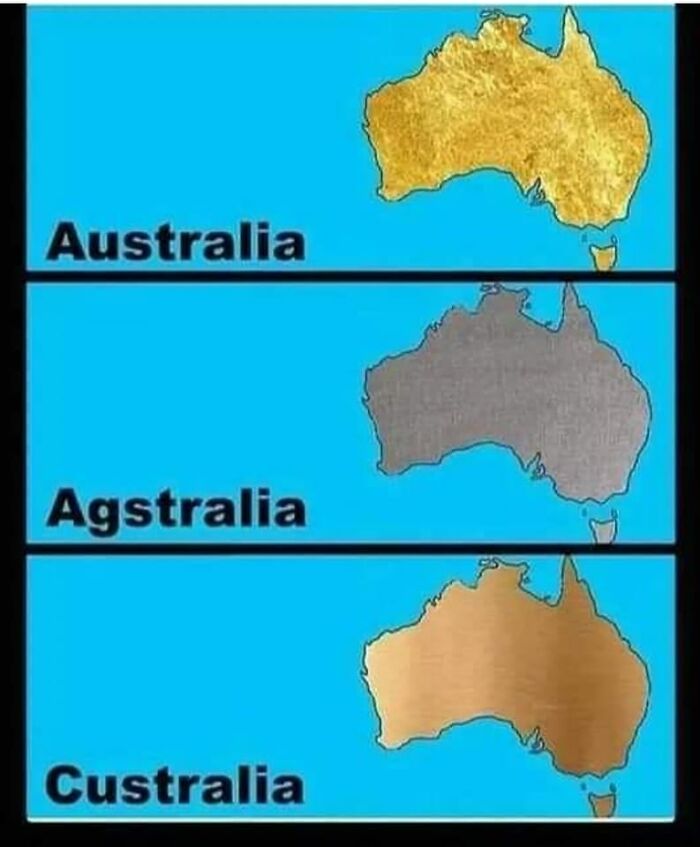
Image credits: Omar ElJordi
#112
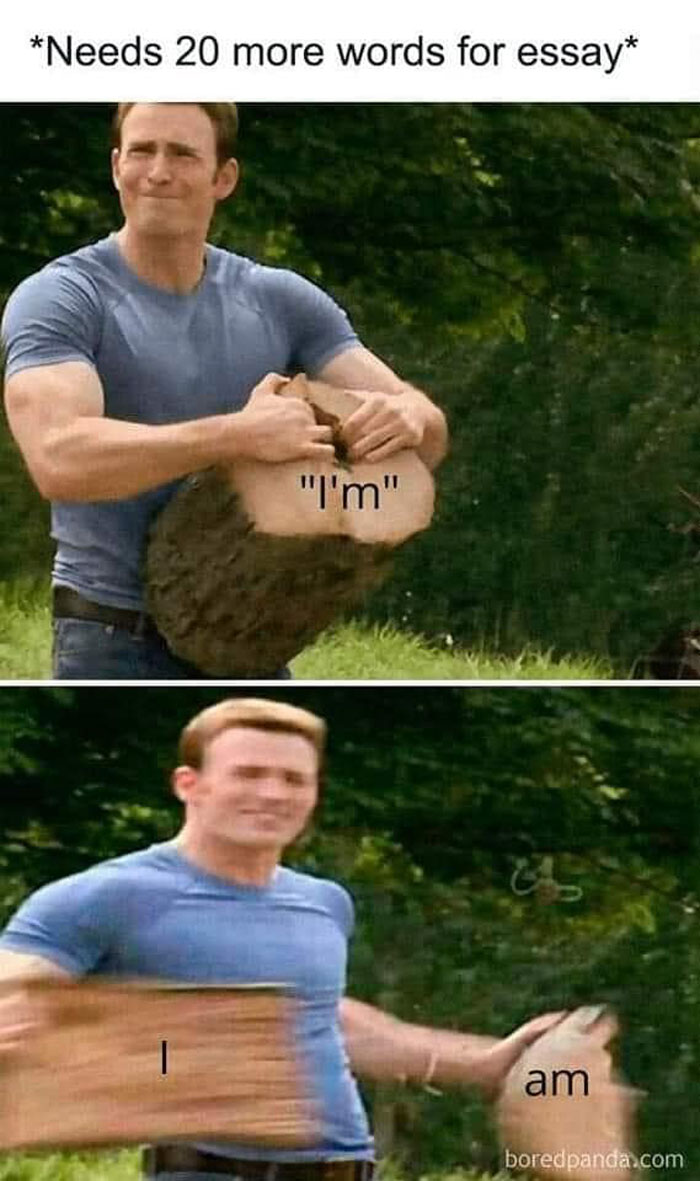
Image credits: David Dinh
#113

Image credits: Harmony Tenney
#114
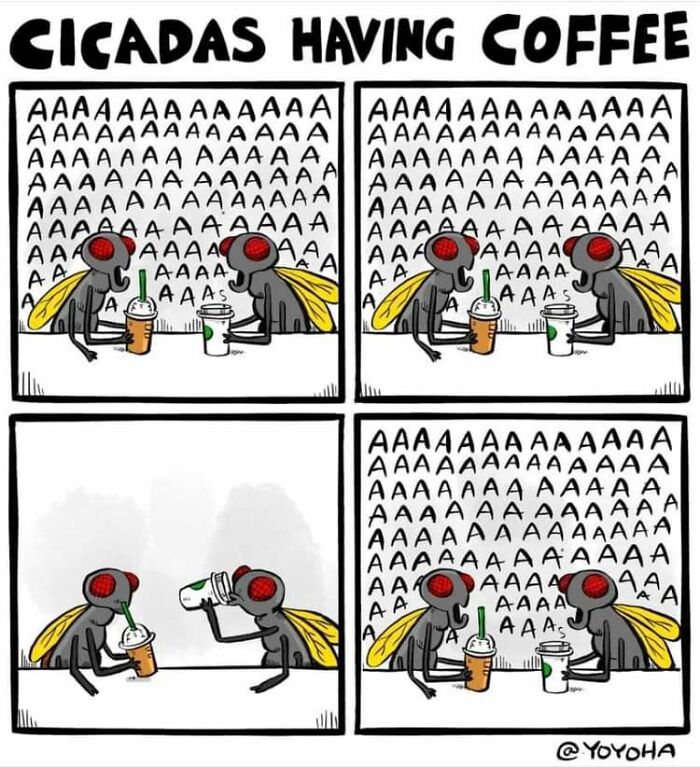
Image credits: Curtis Evans
#115

Image credits: Tiffany Welsh Stevenson
from Bored Panda https://bit.ly/3CzO7uH
via Boredpanda